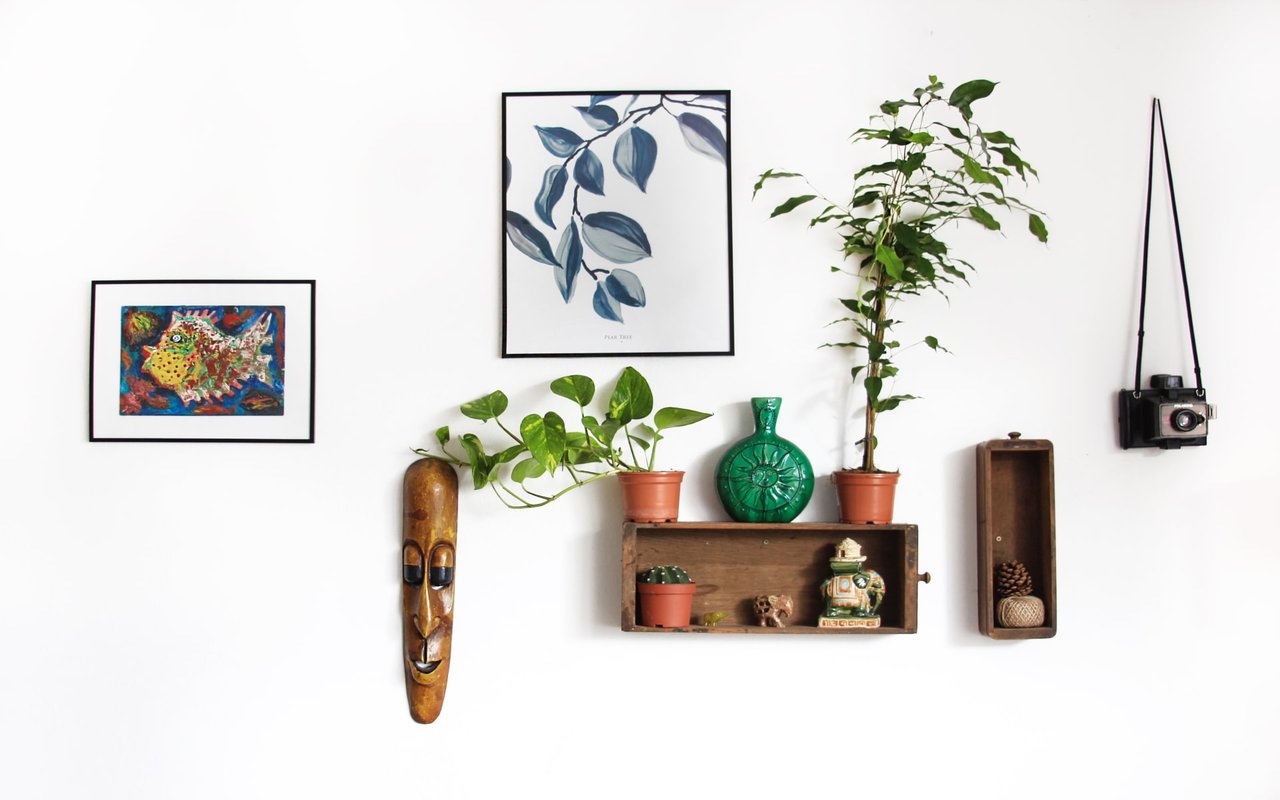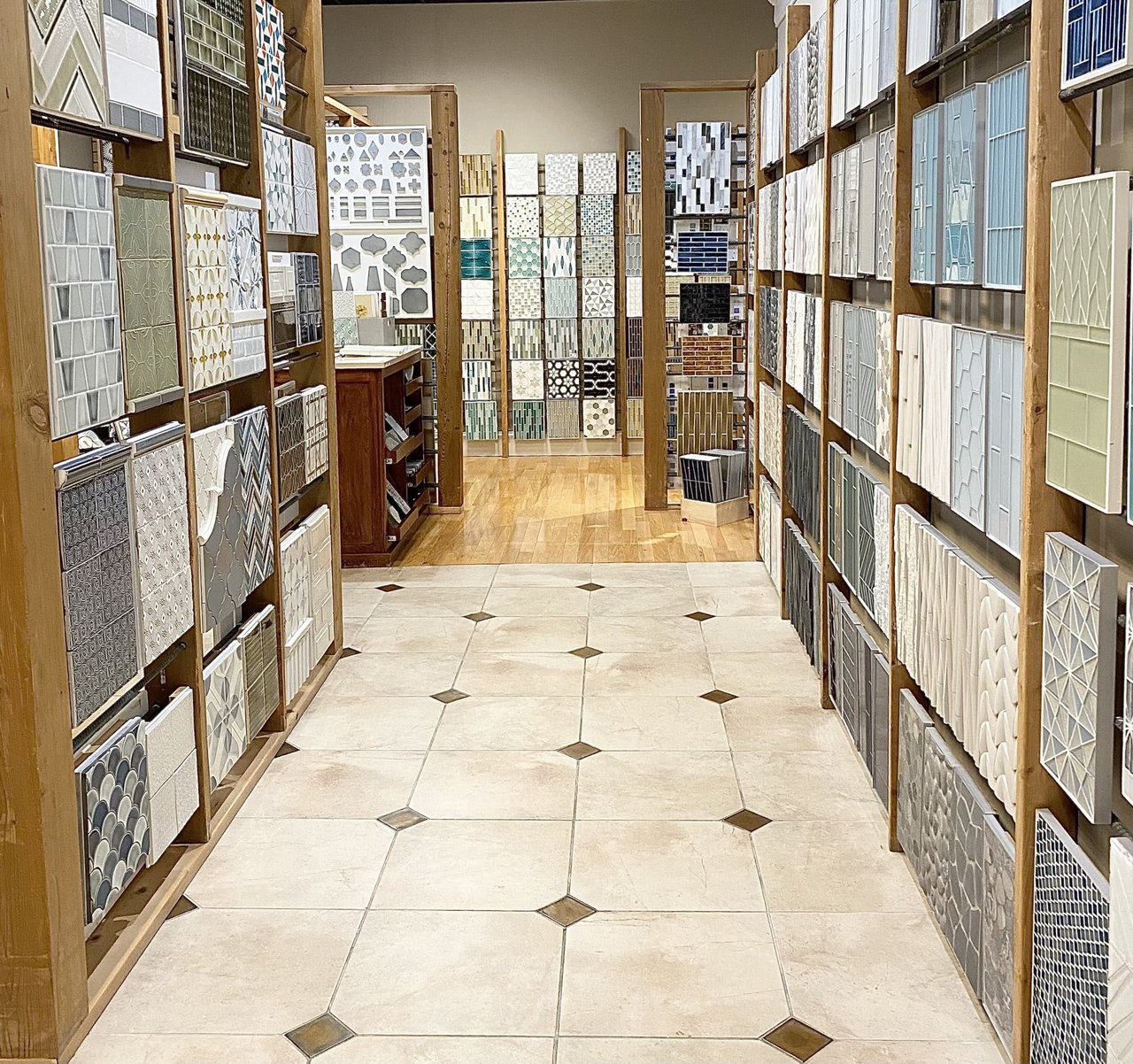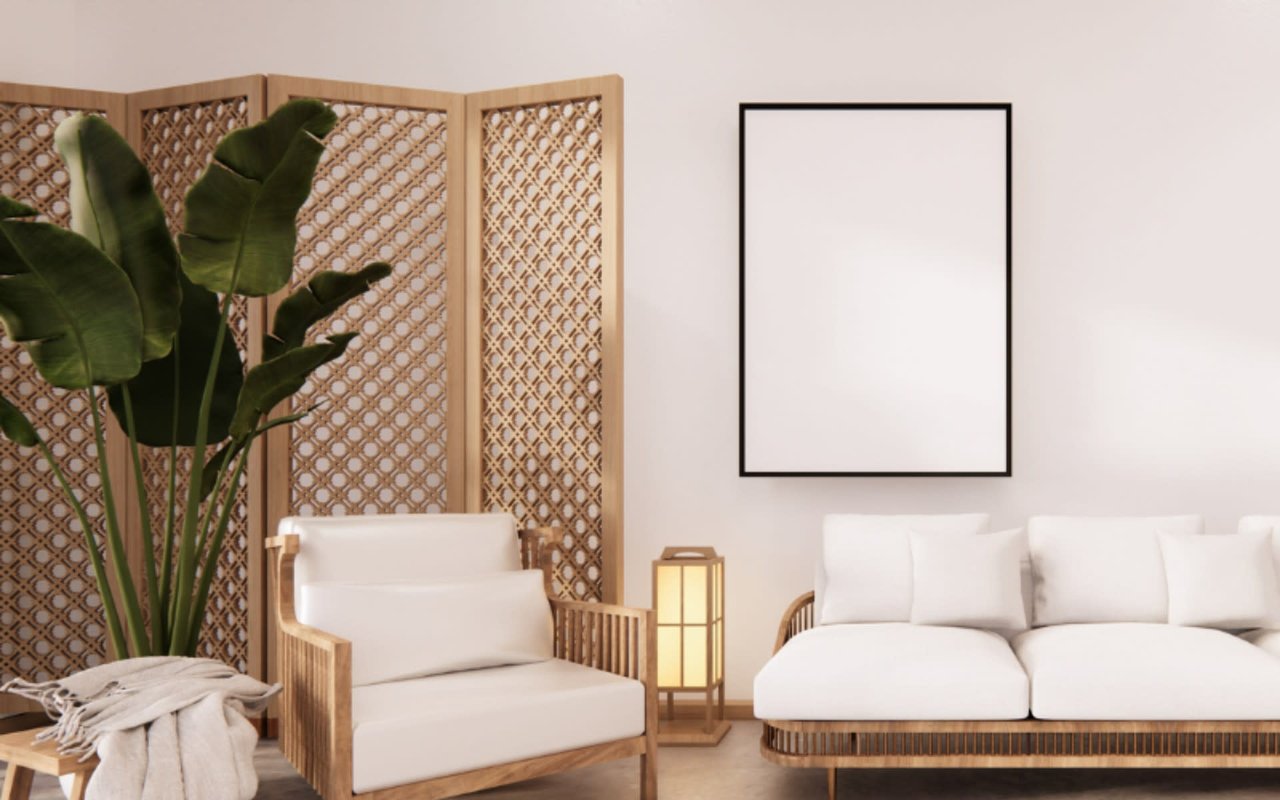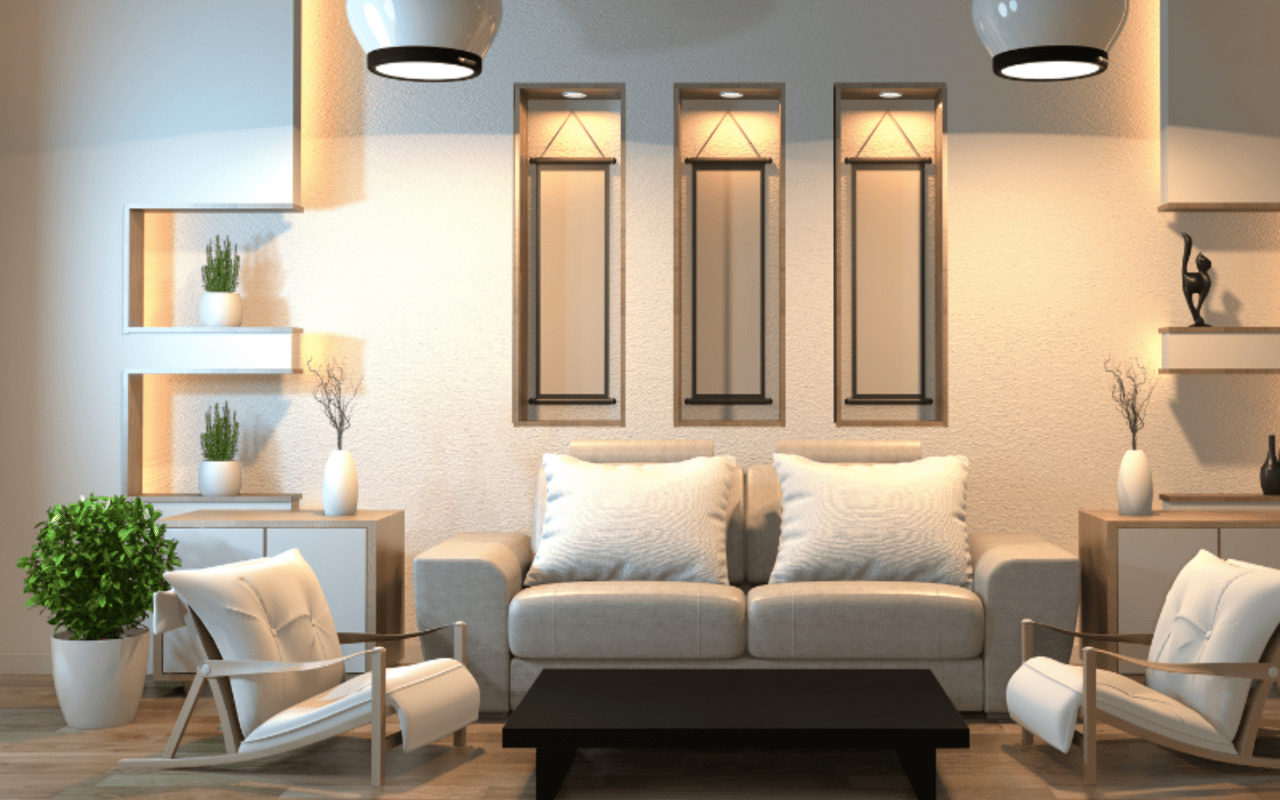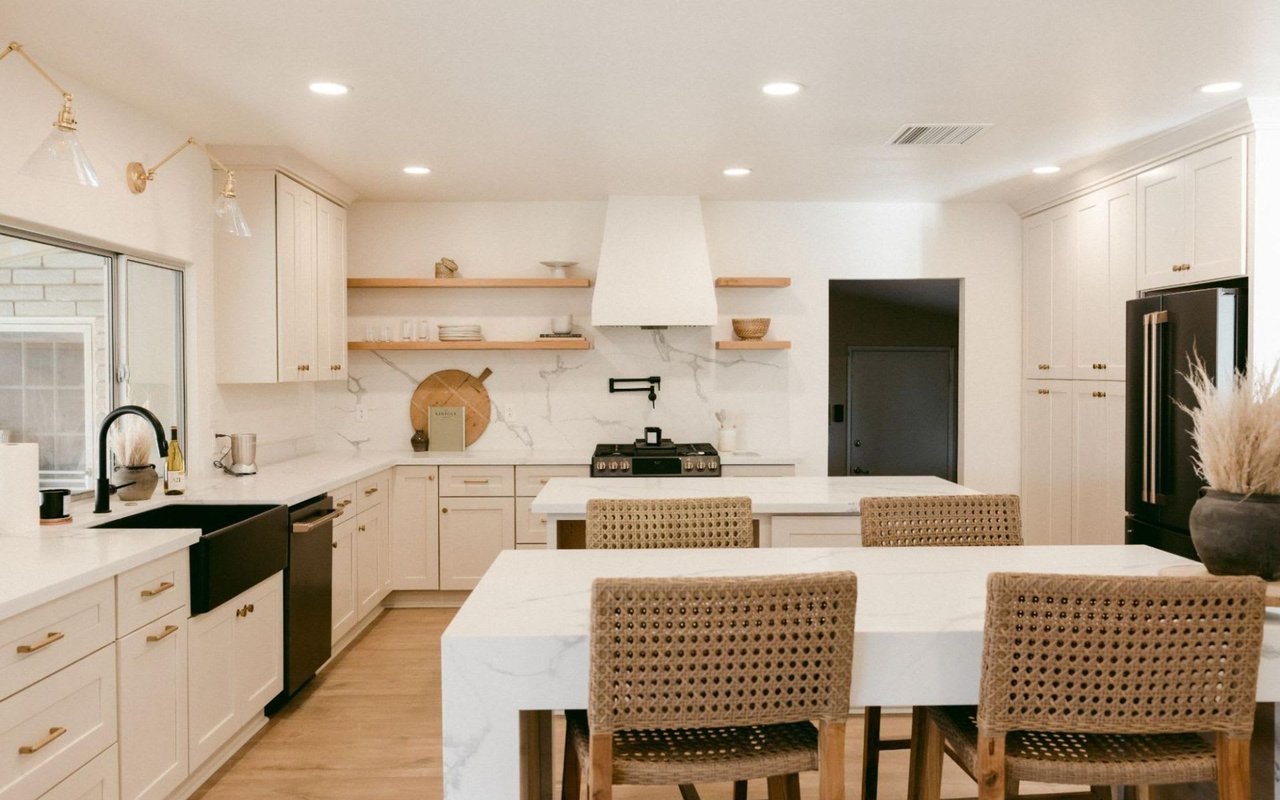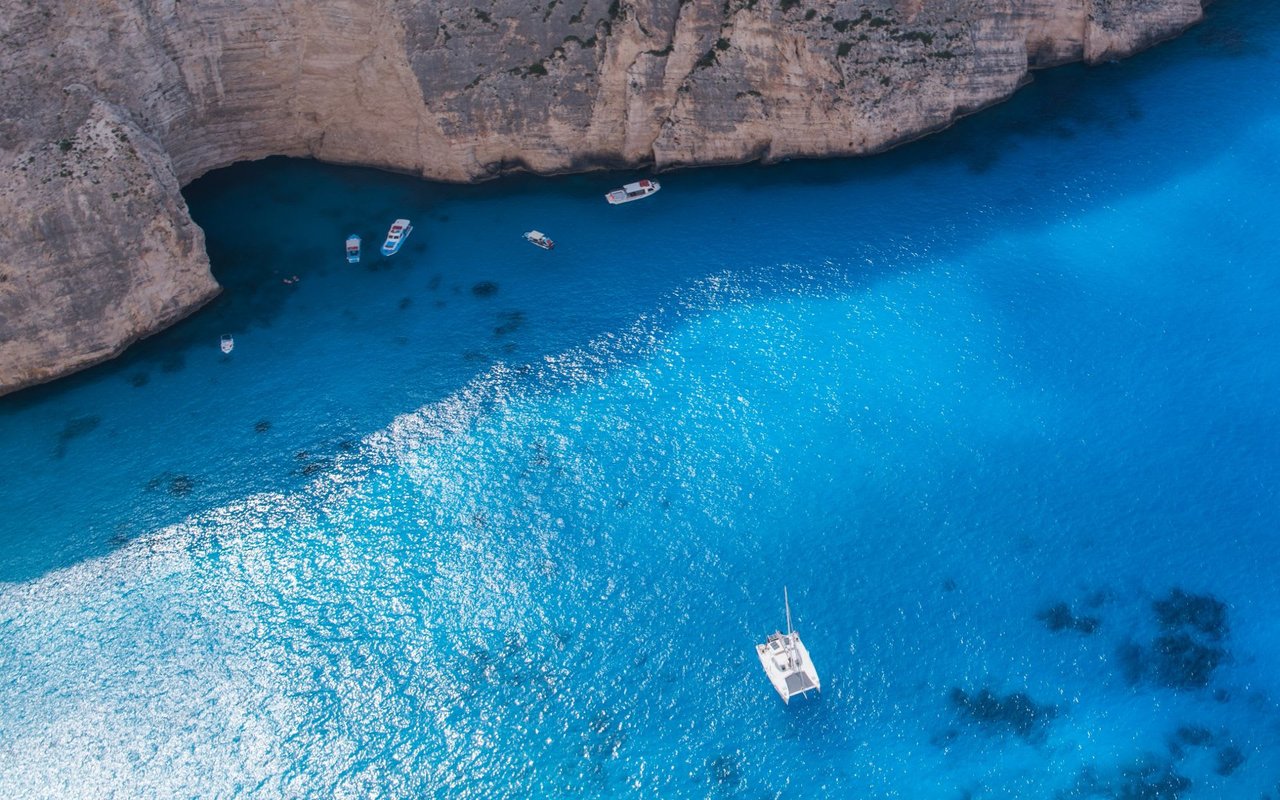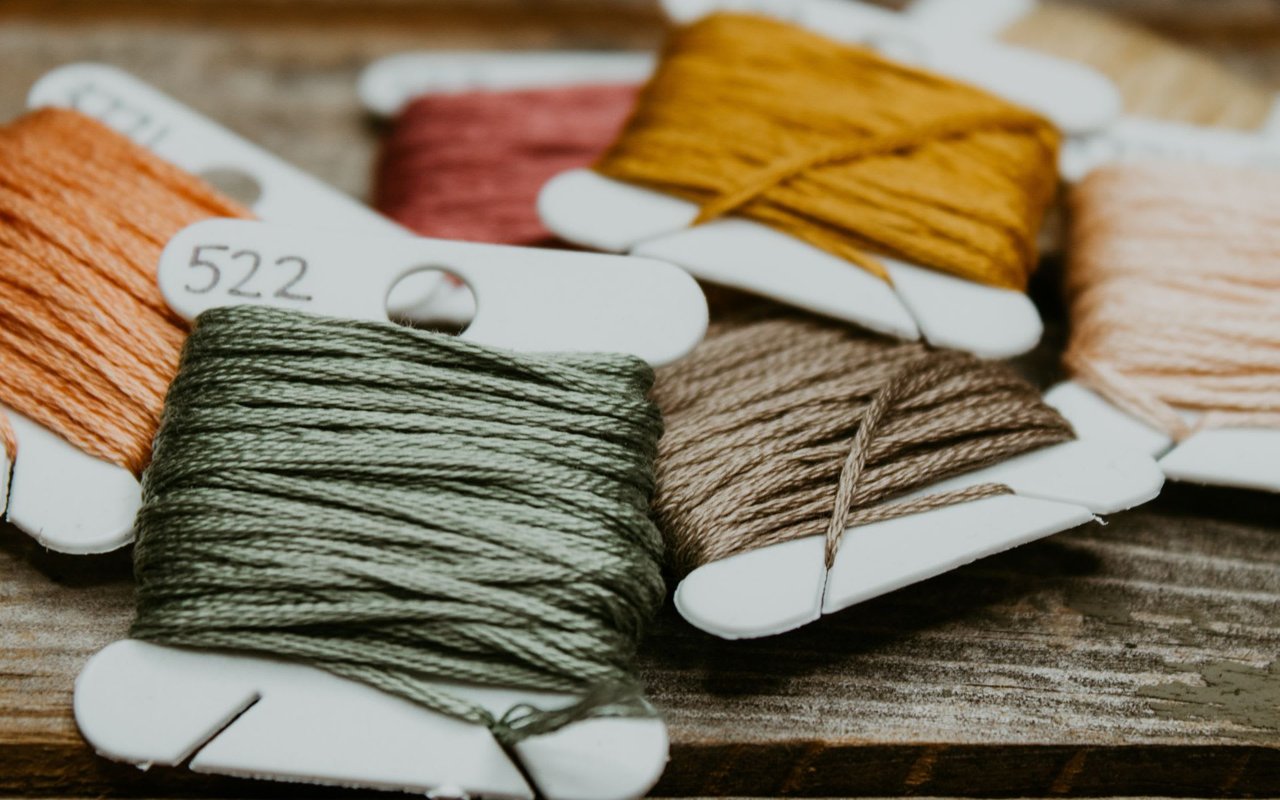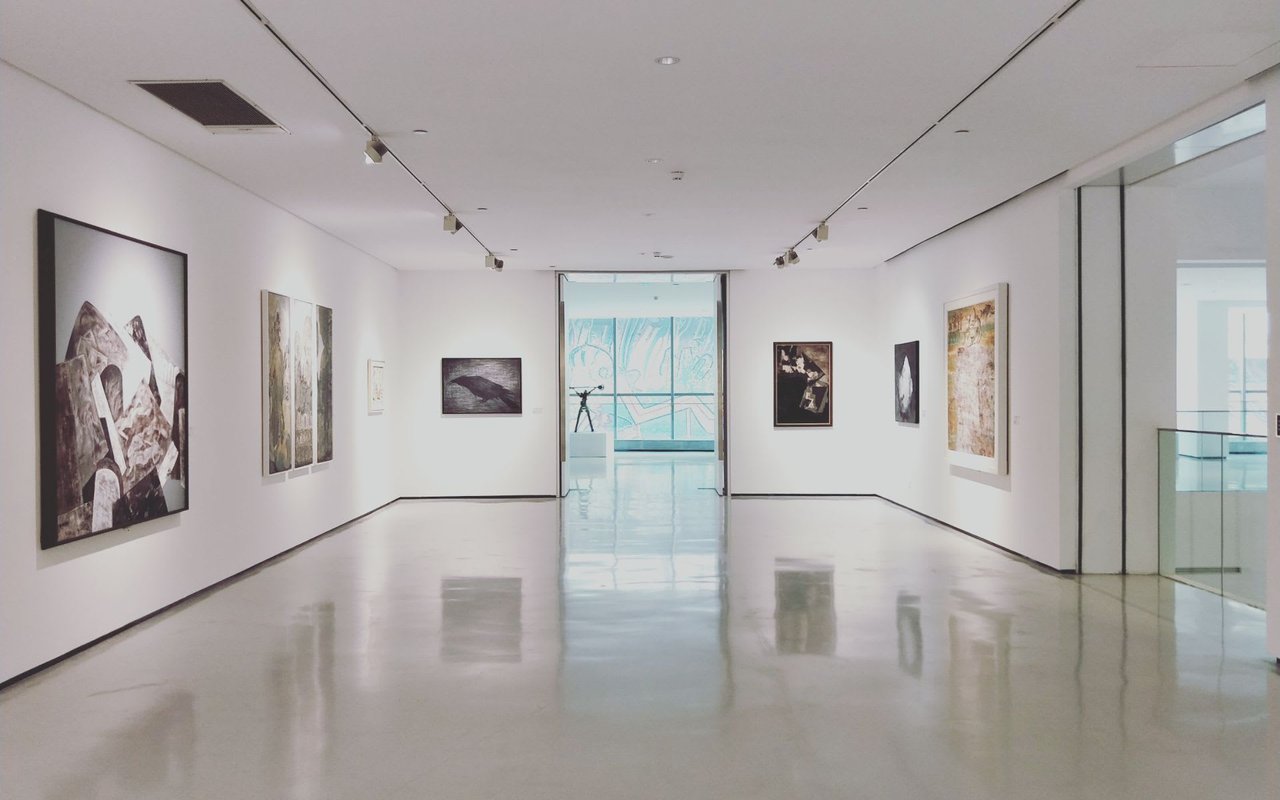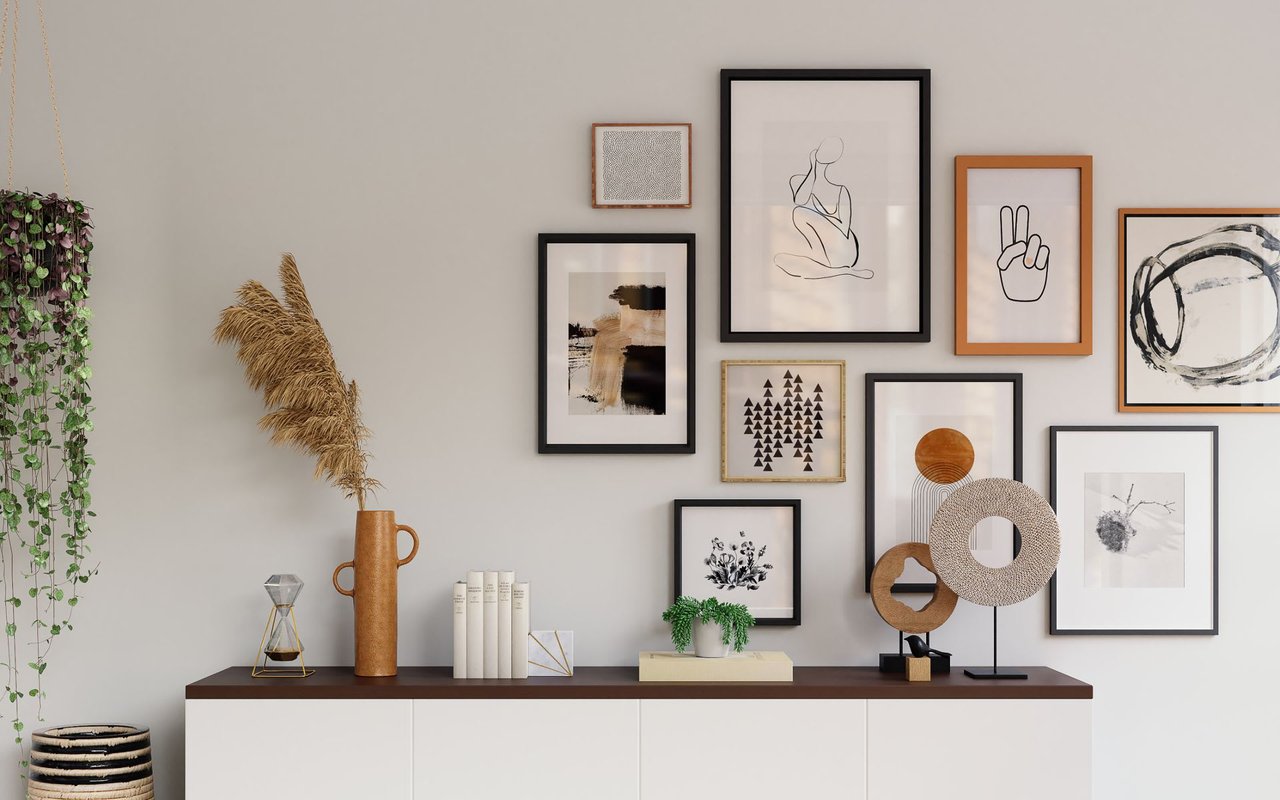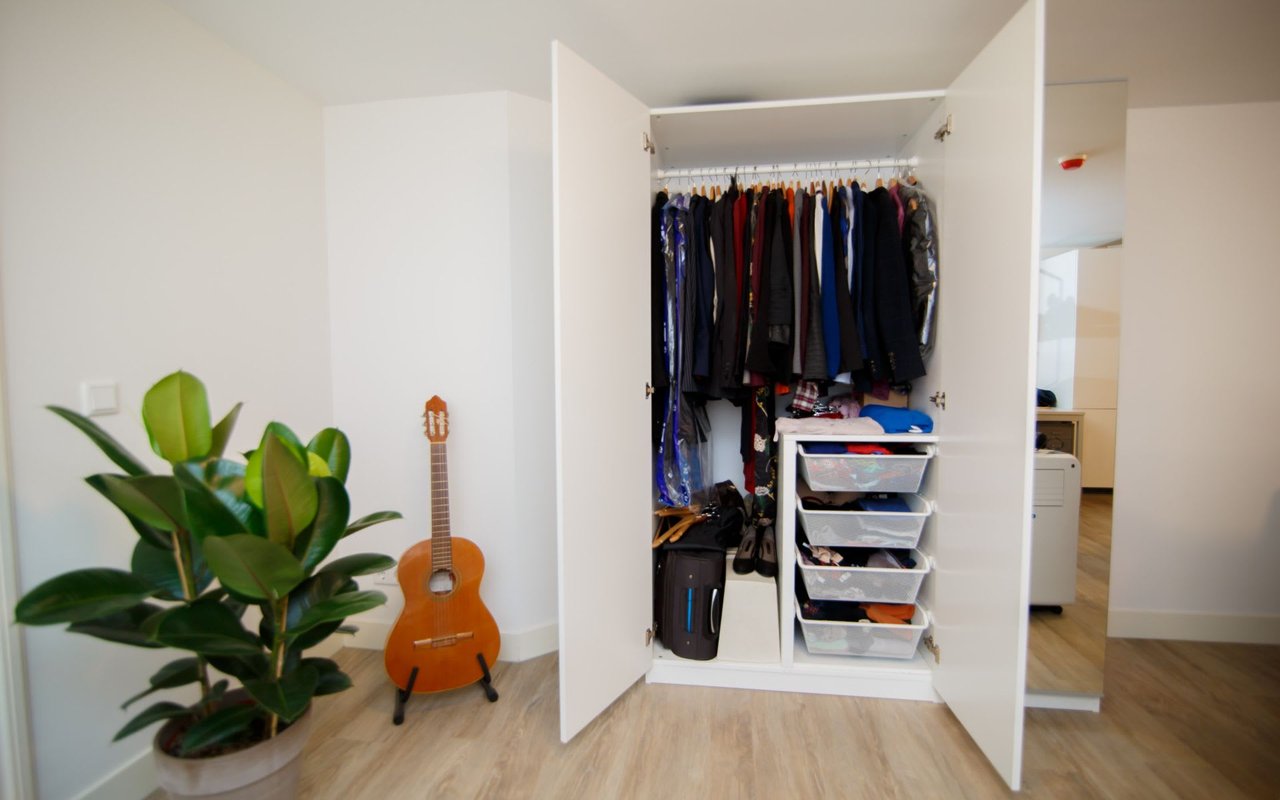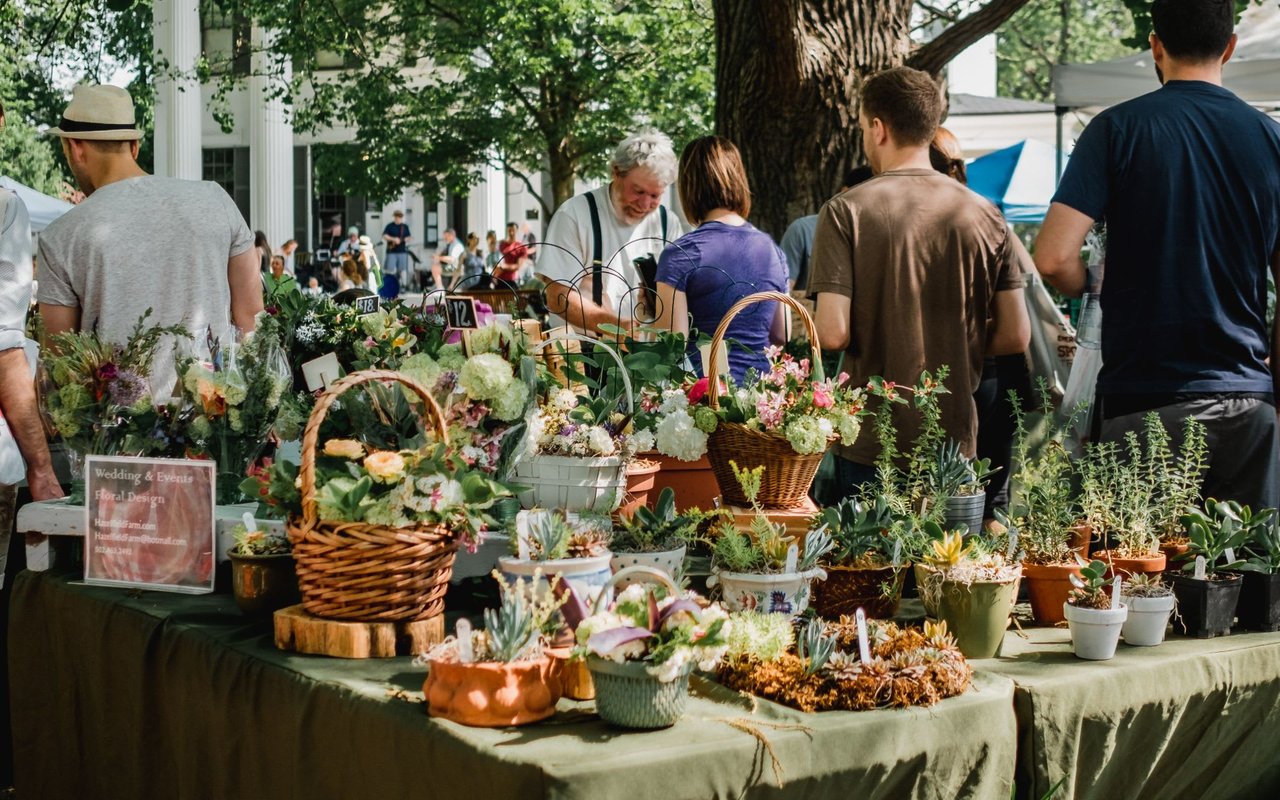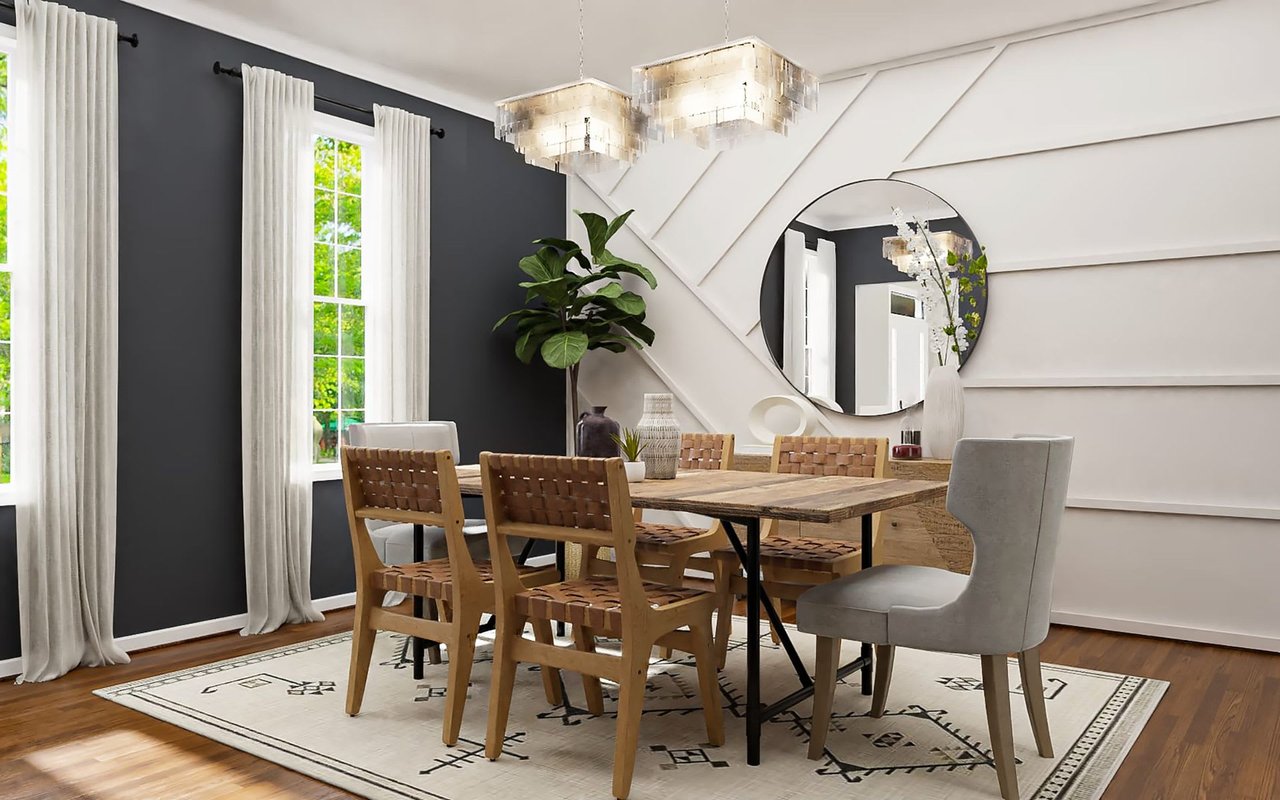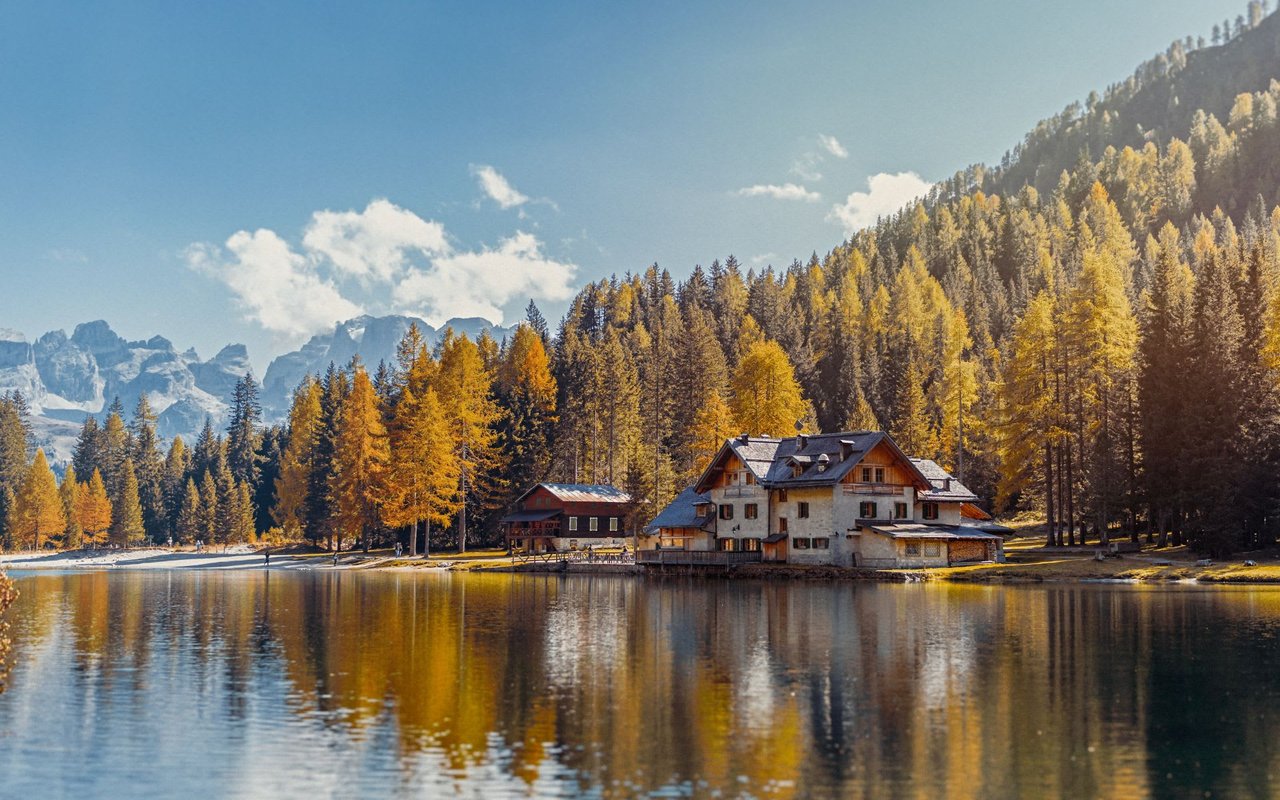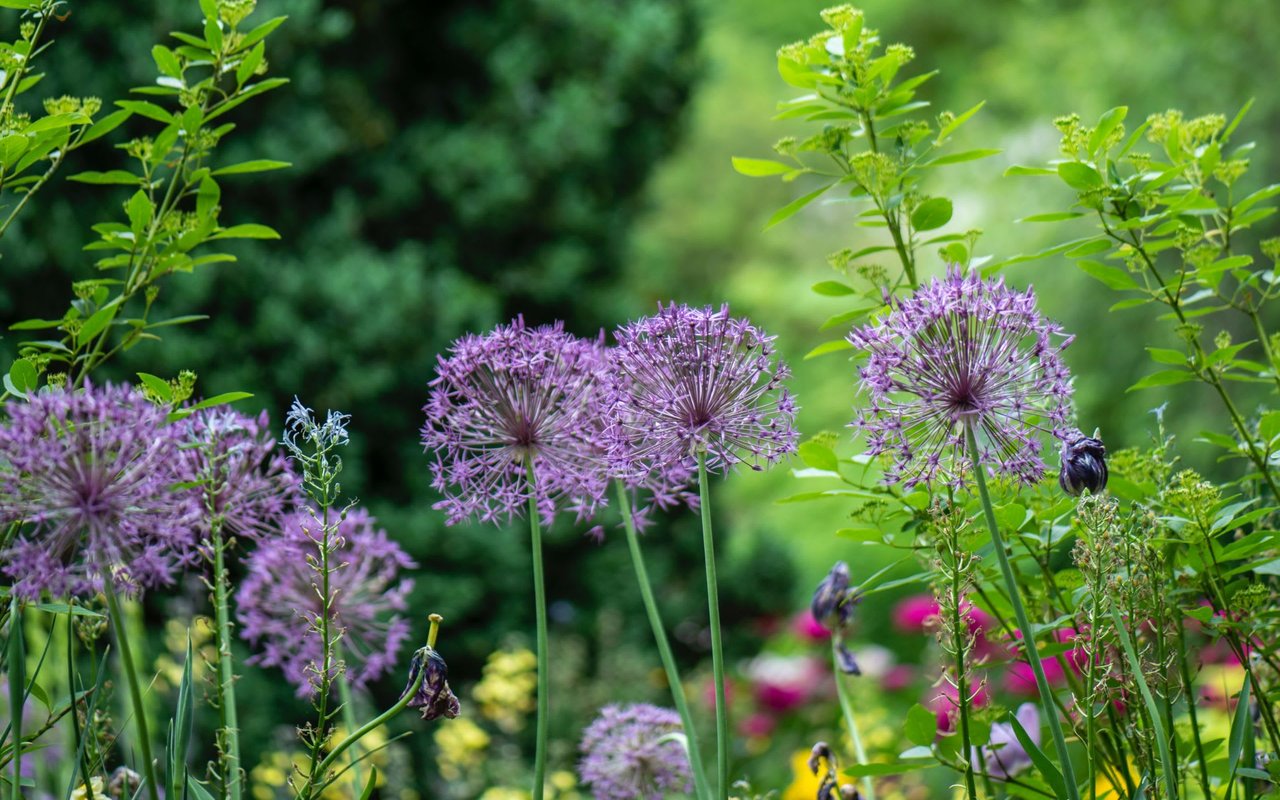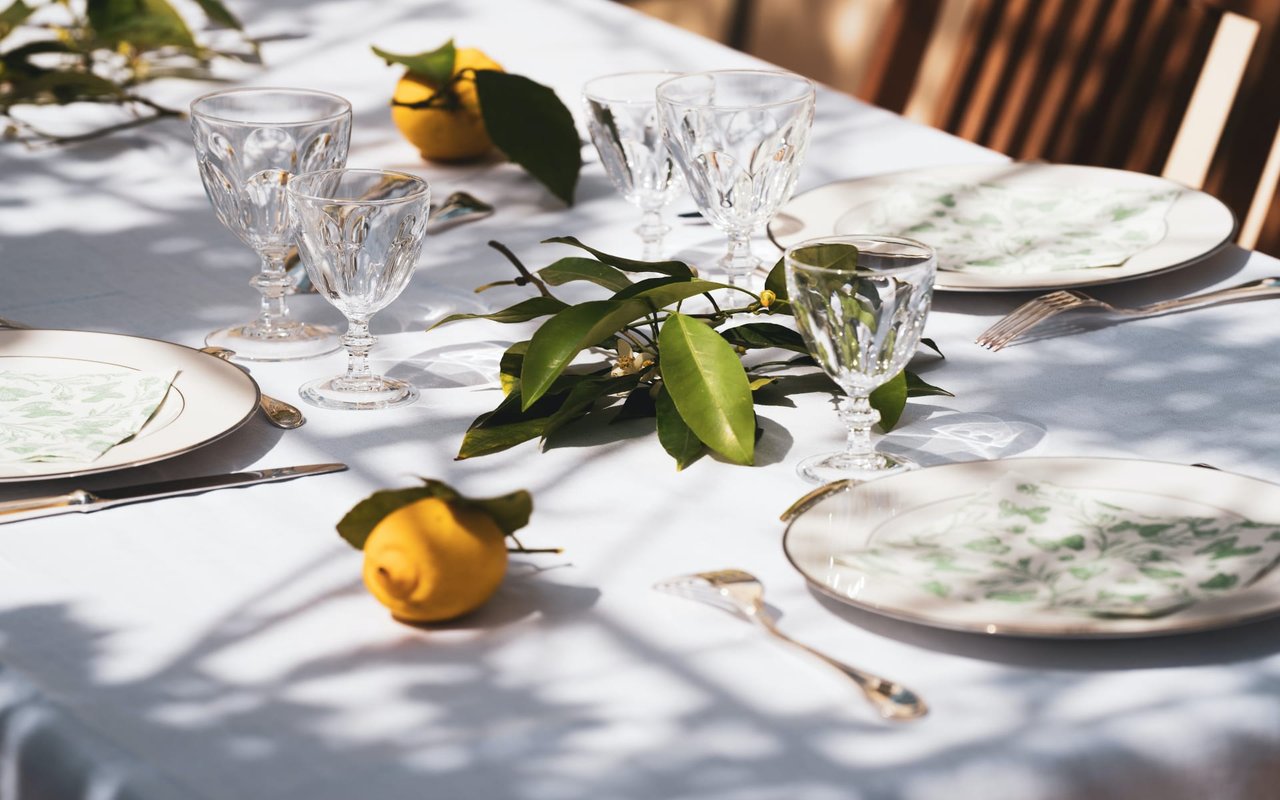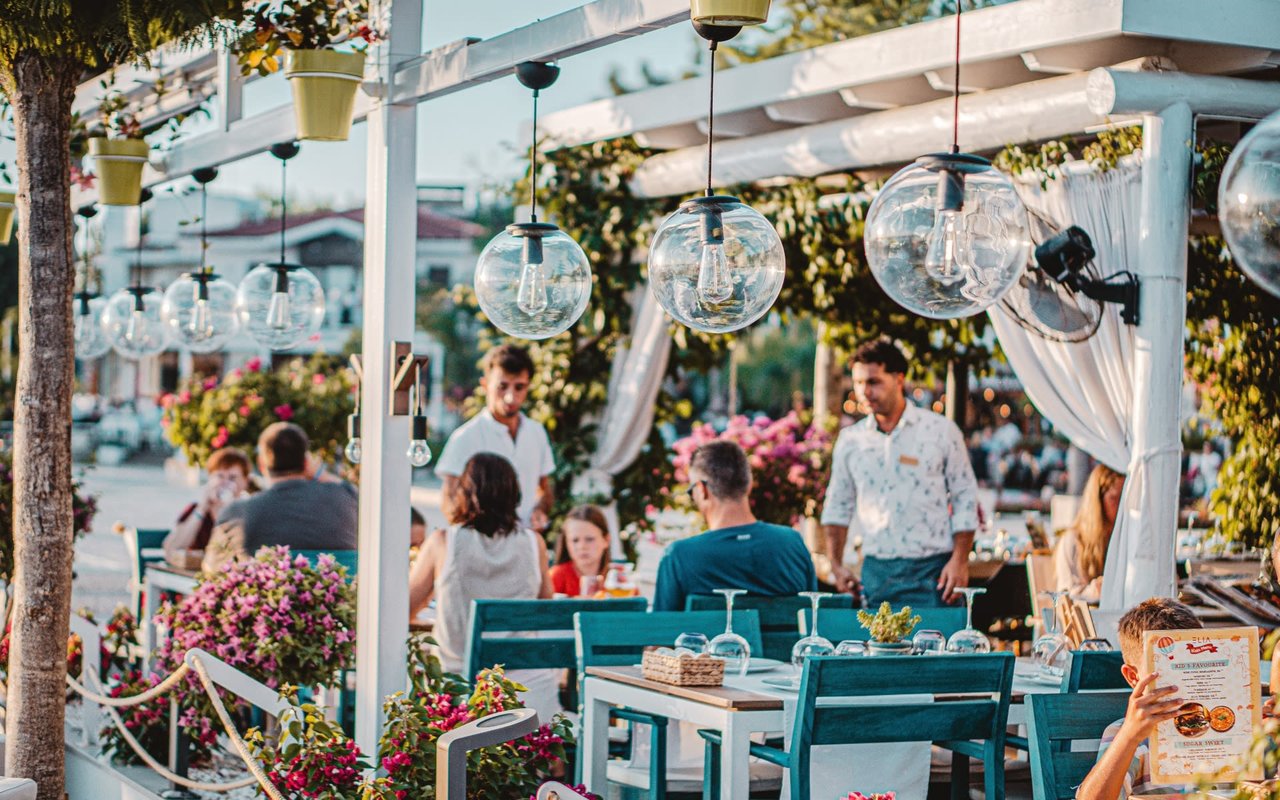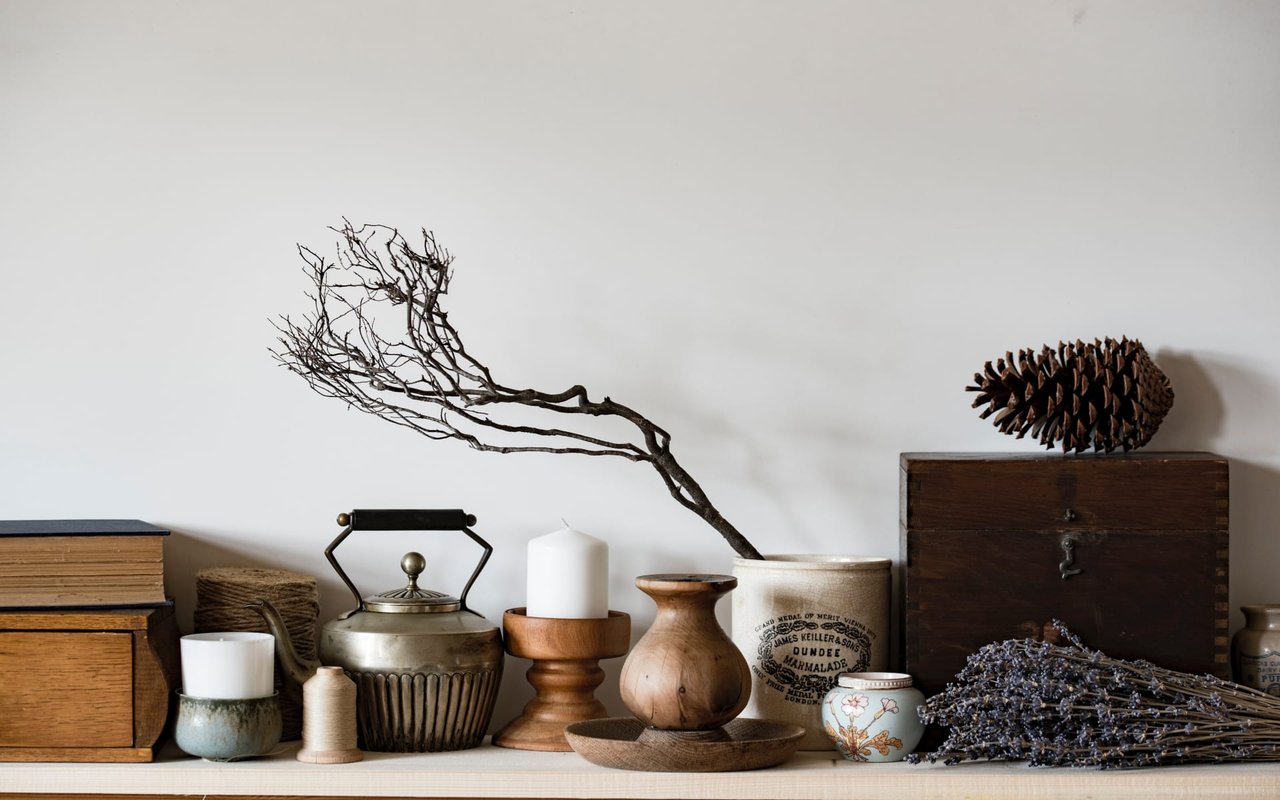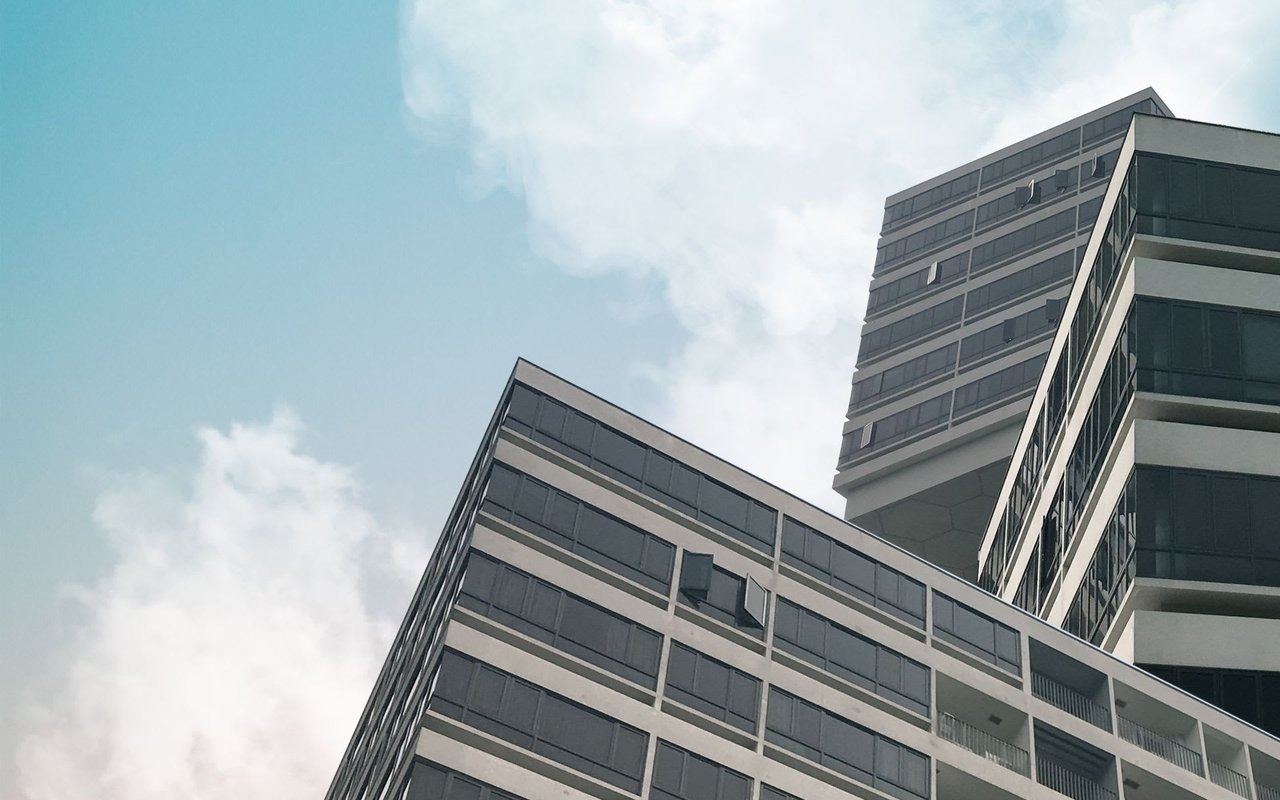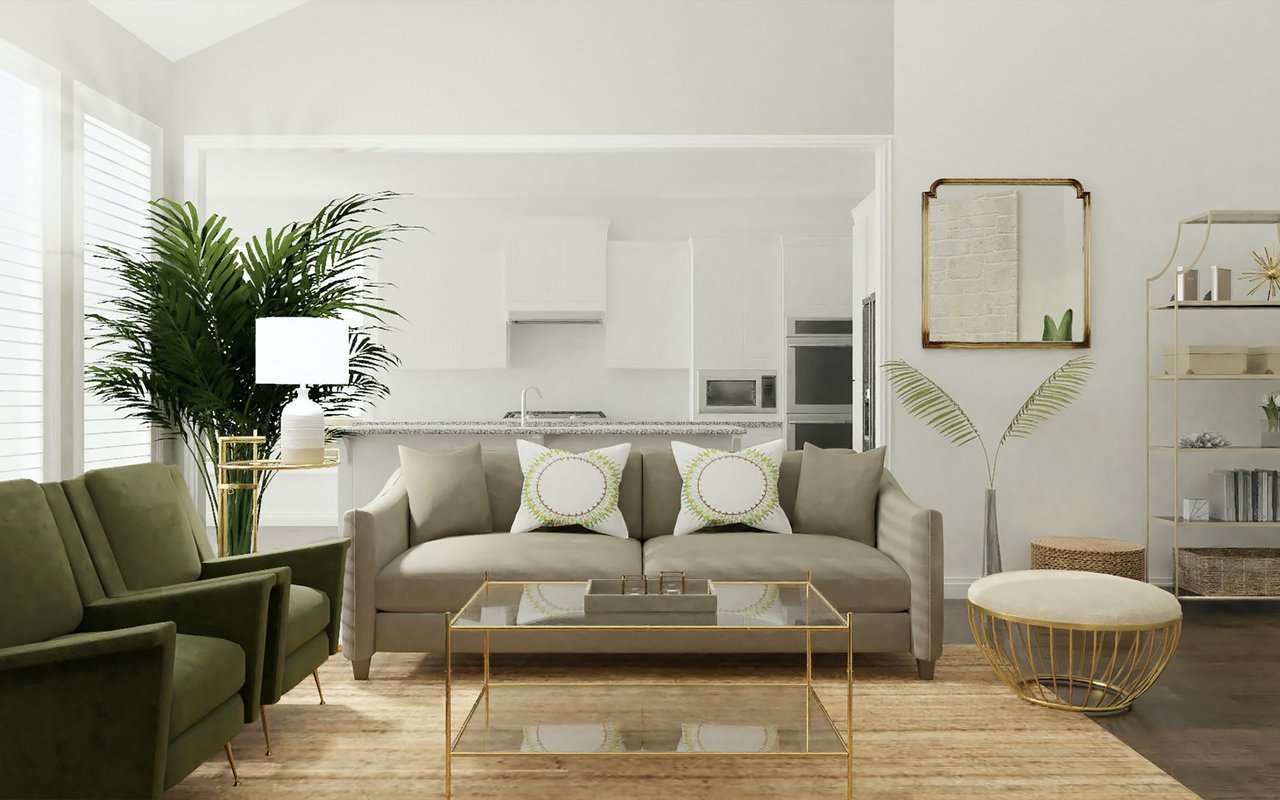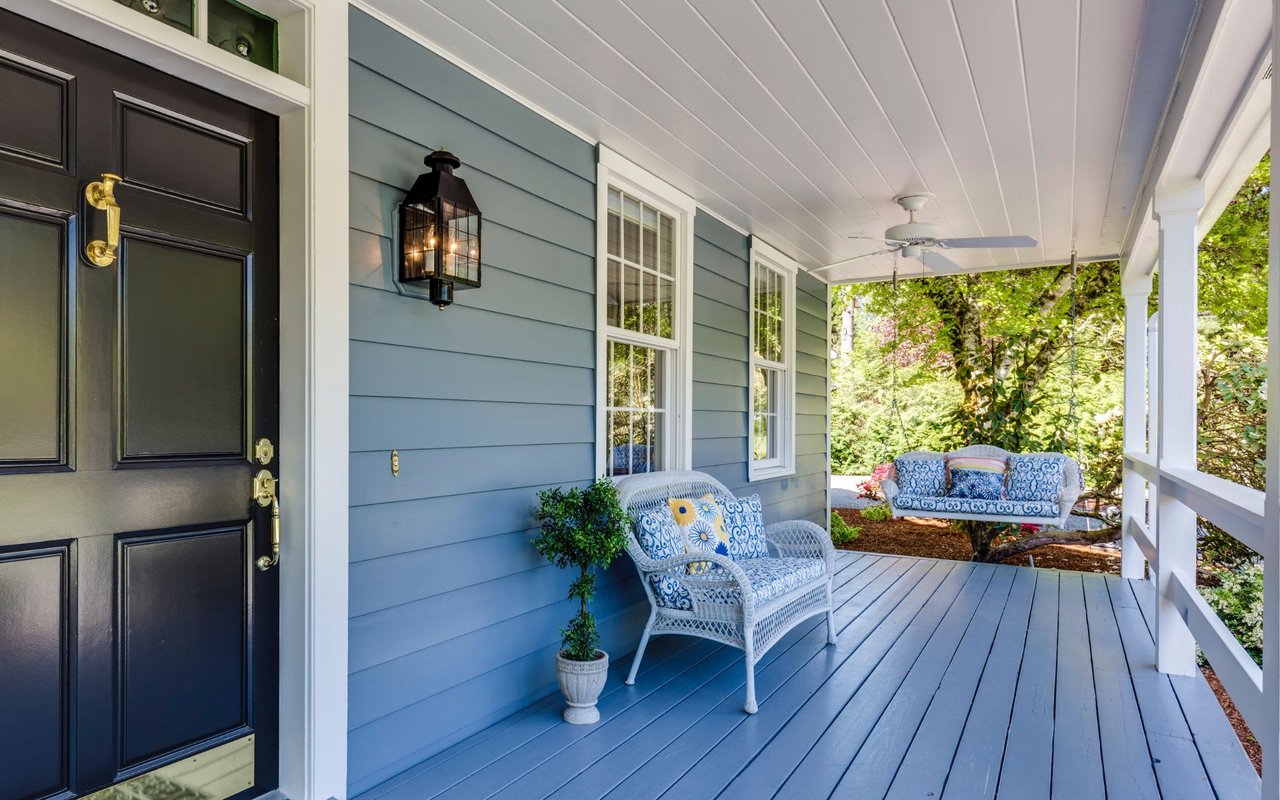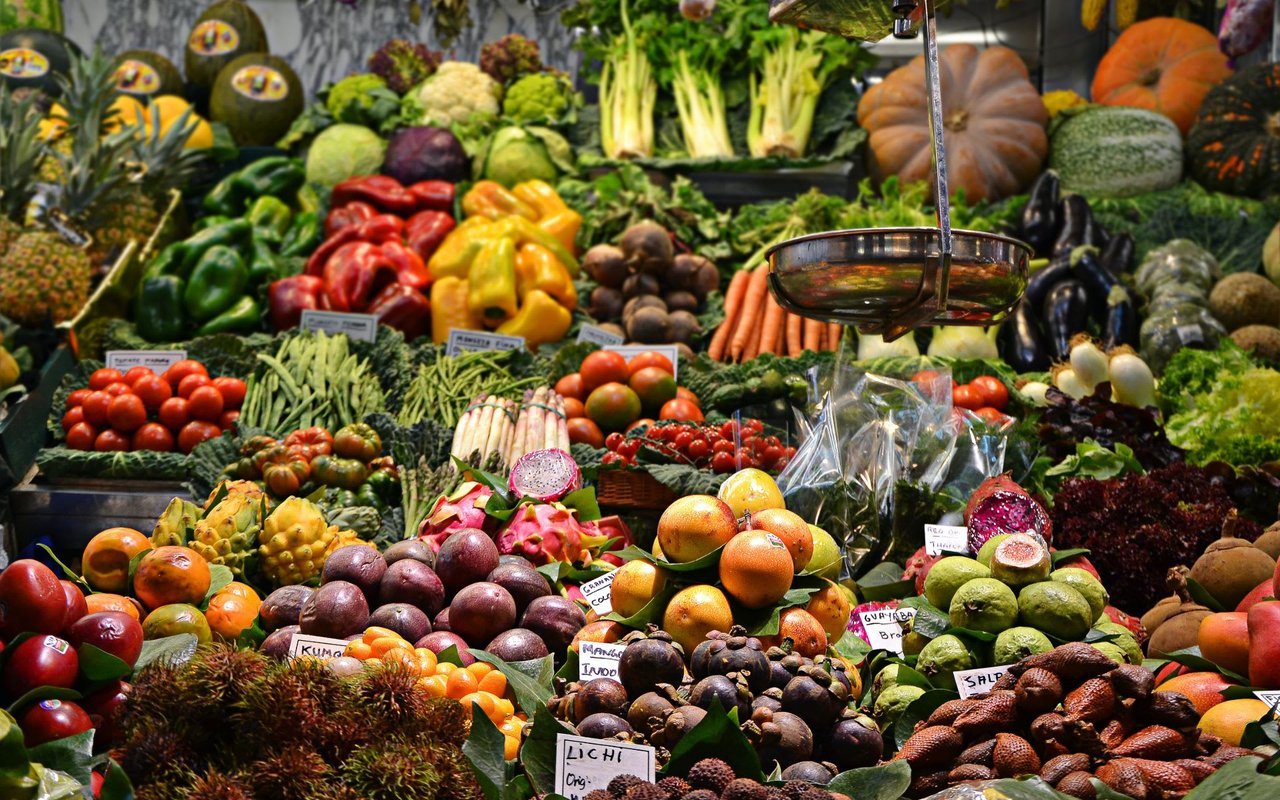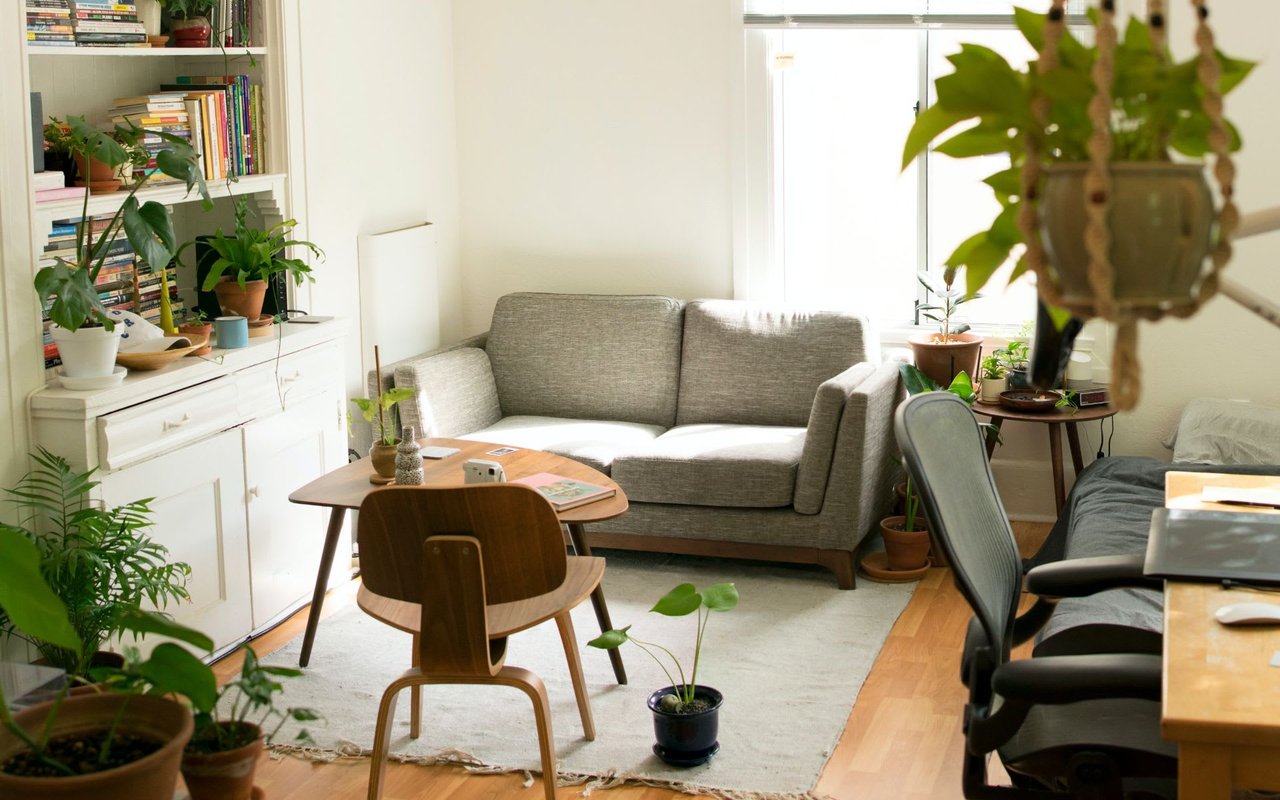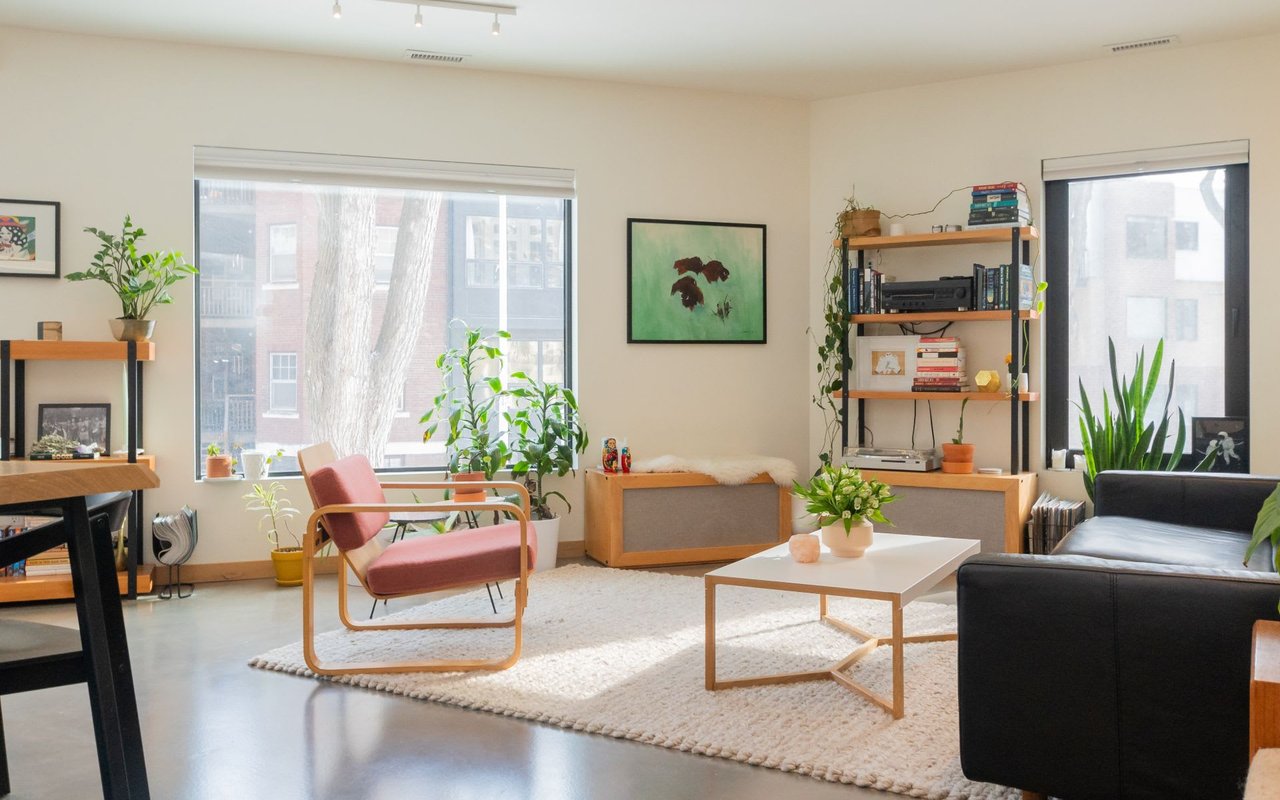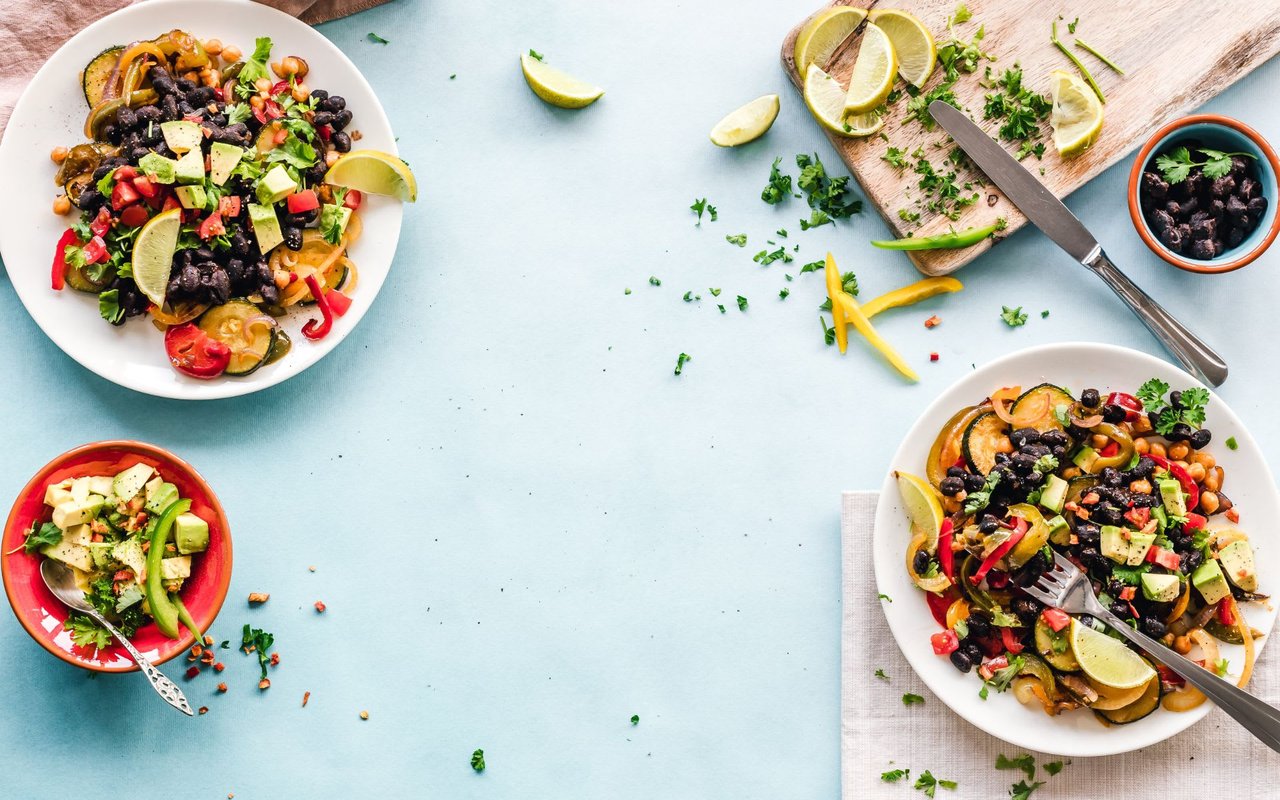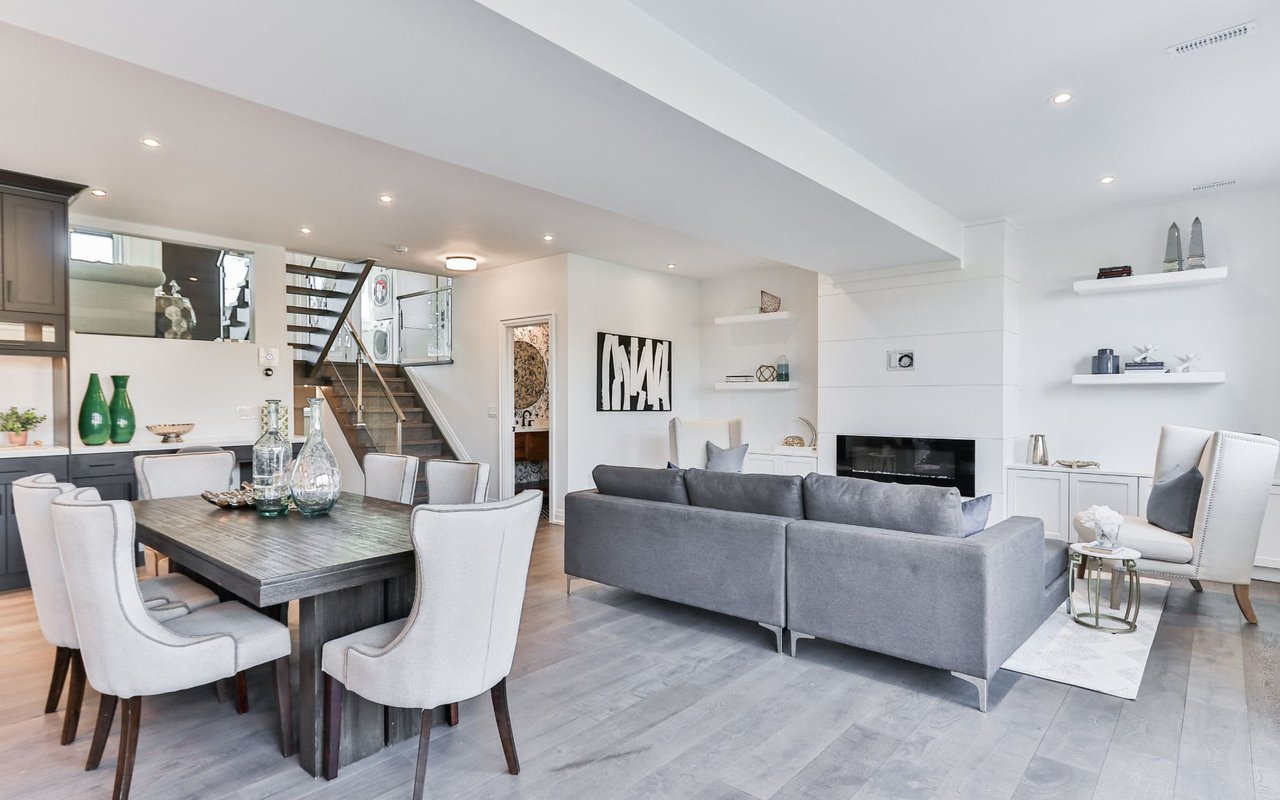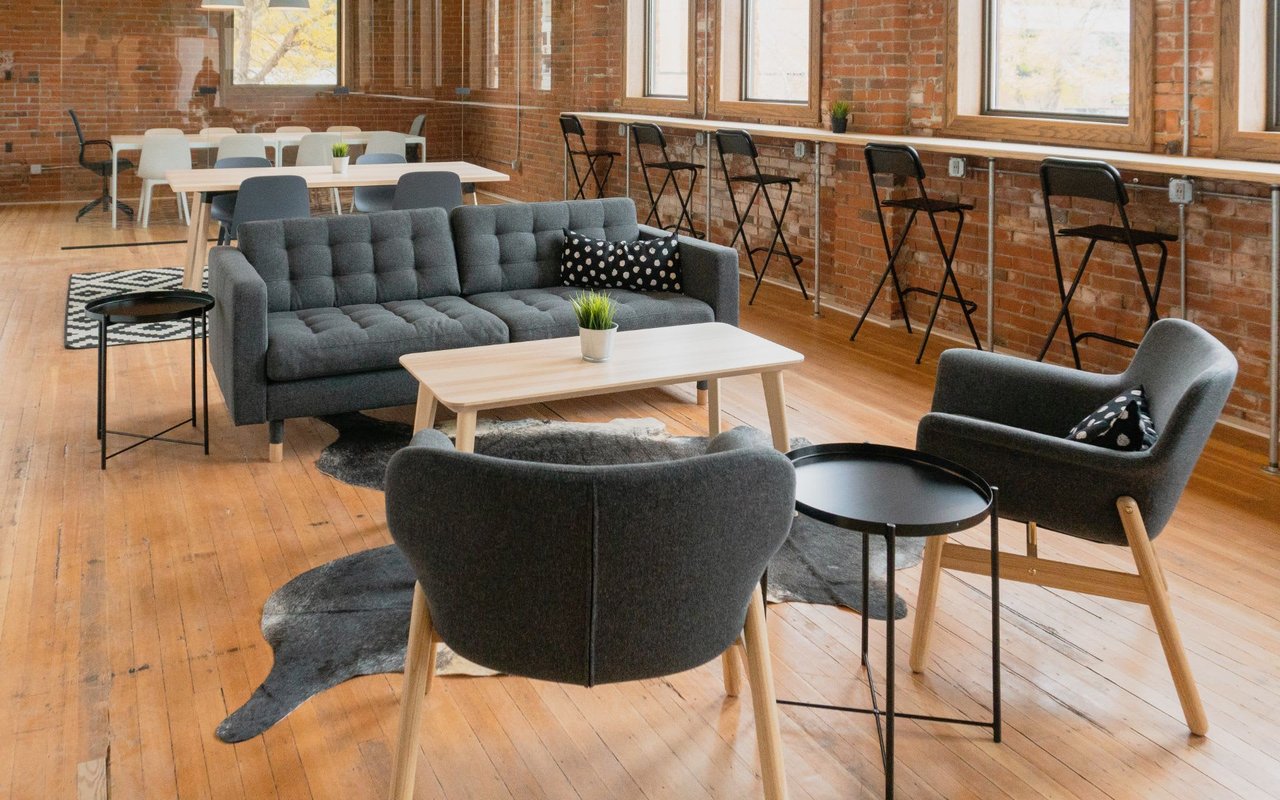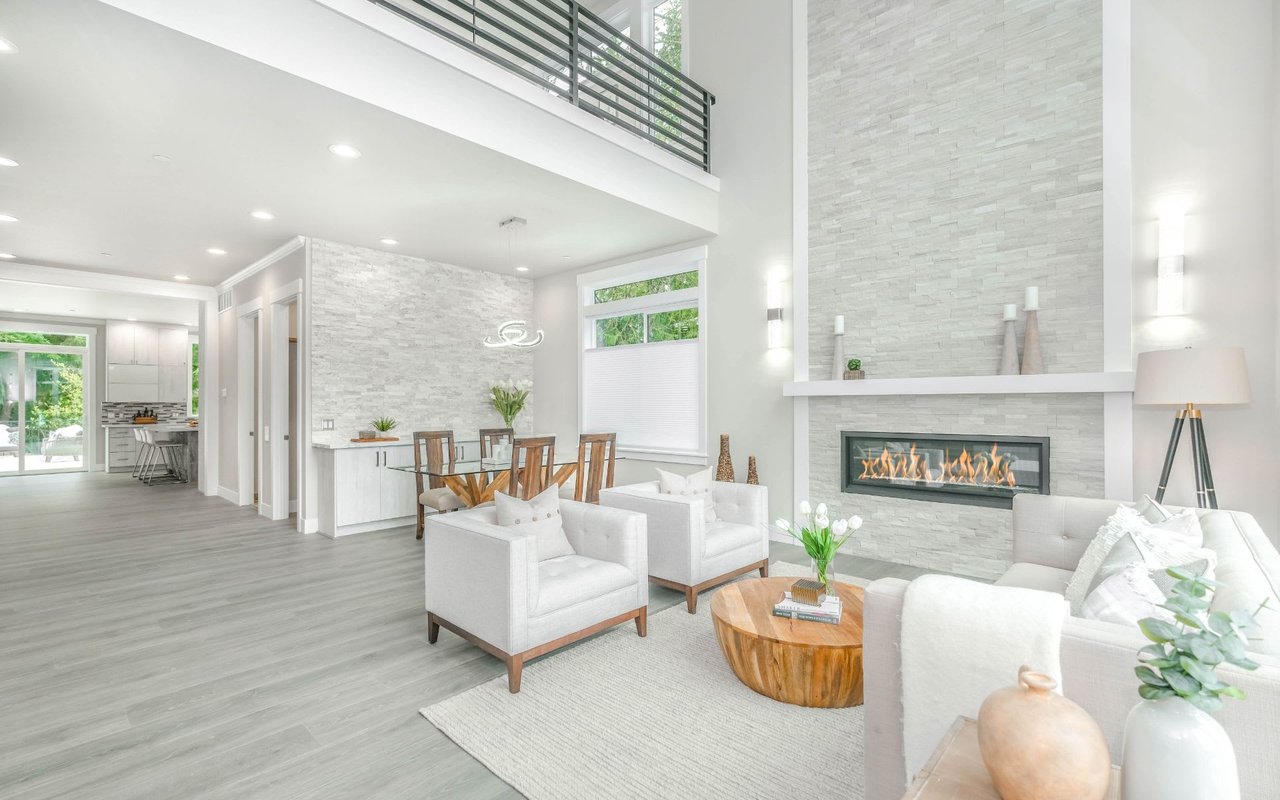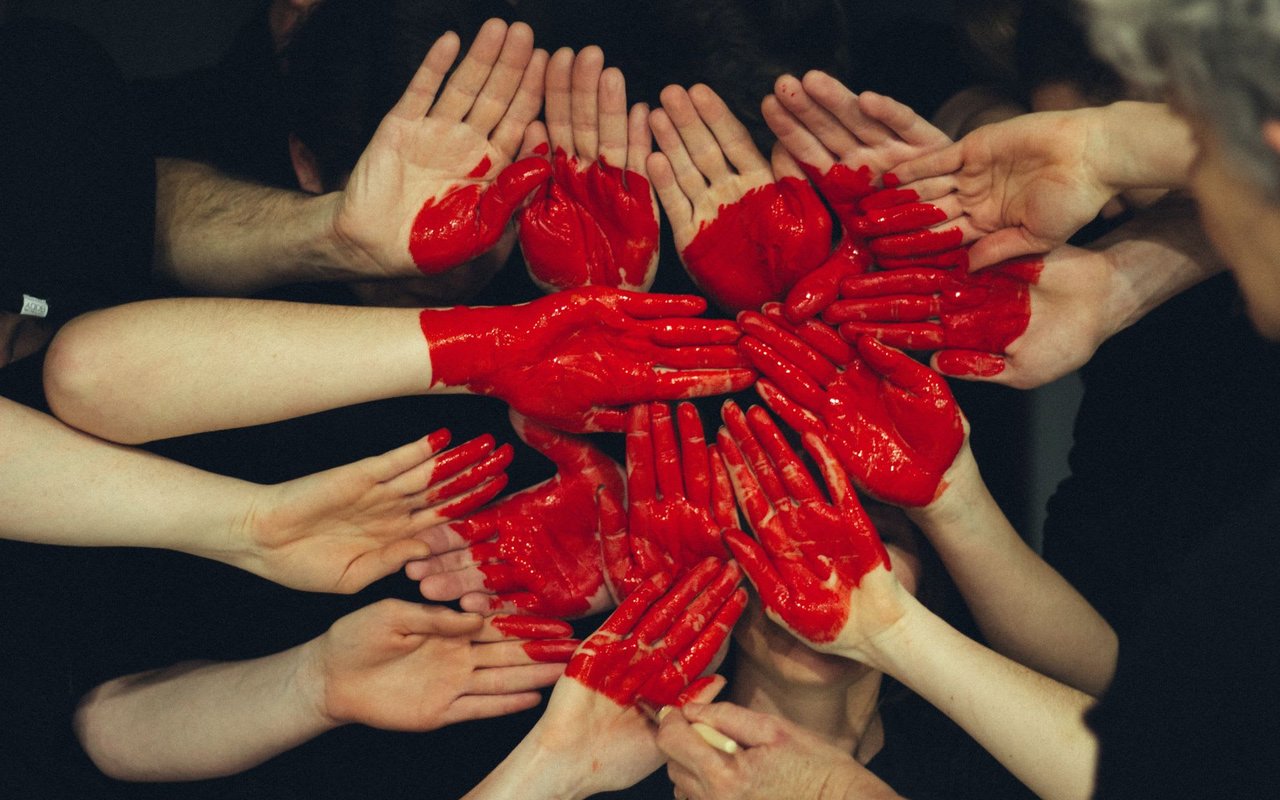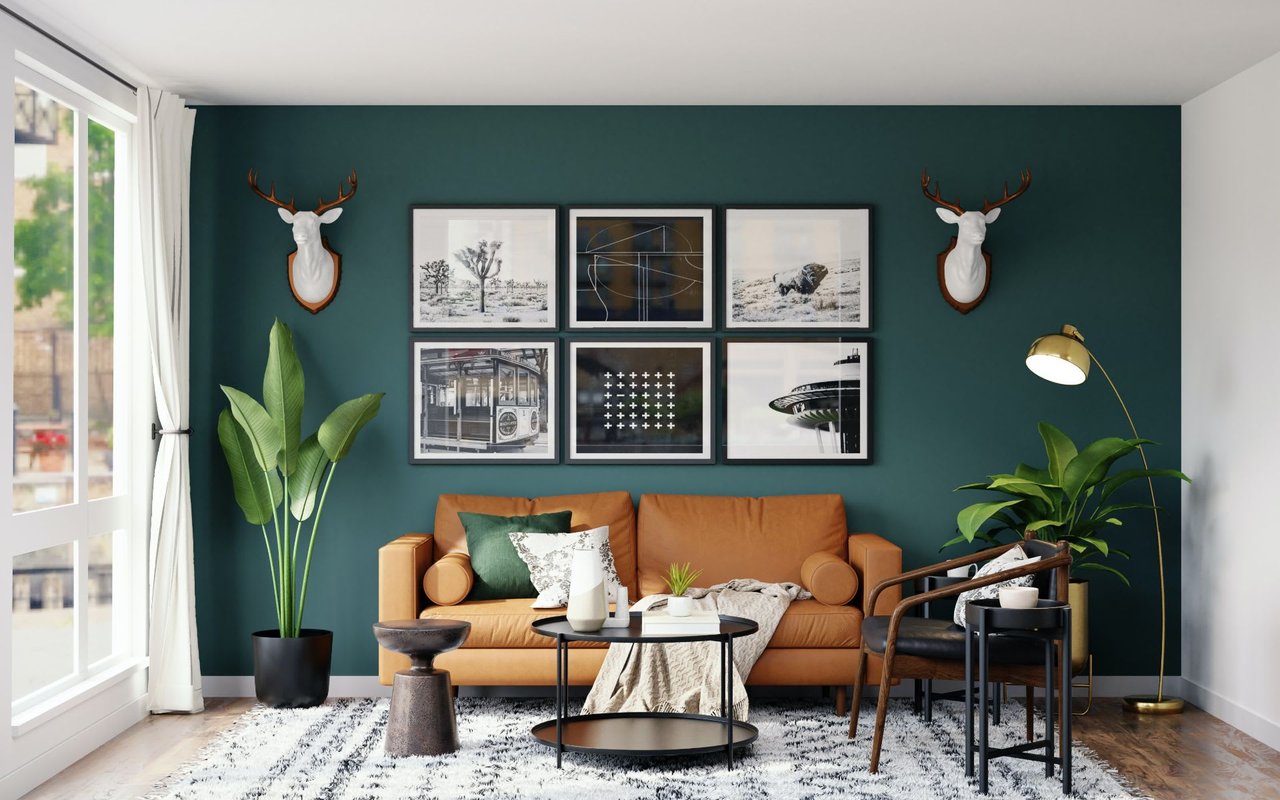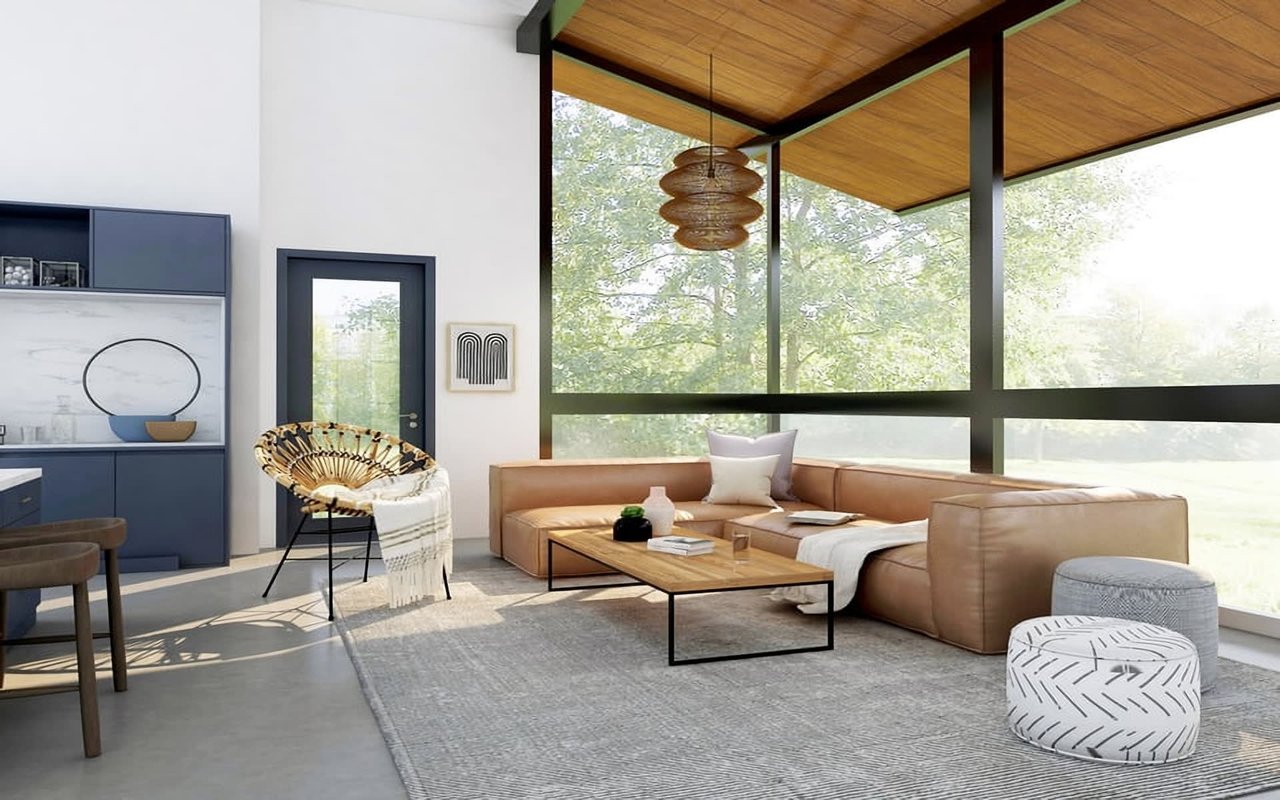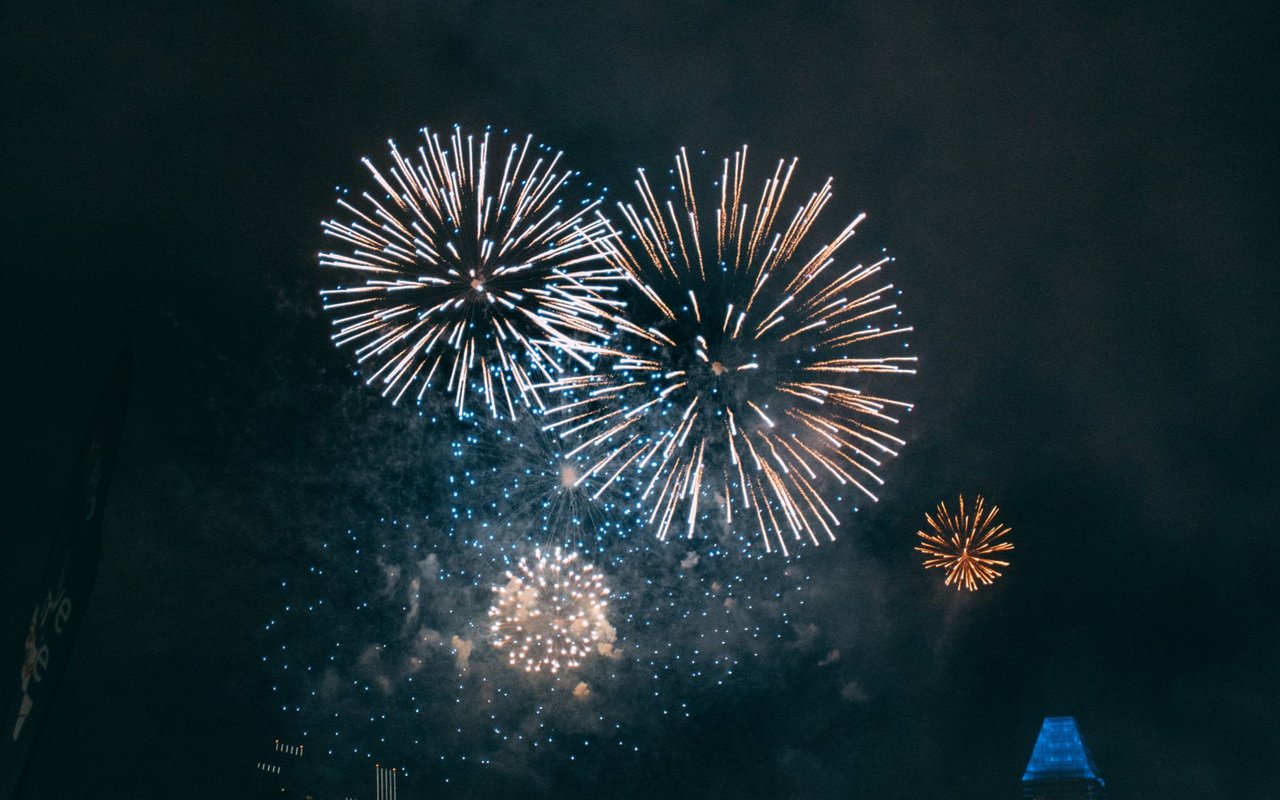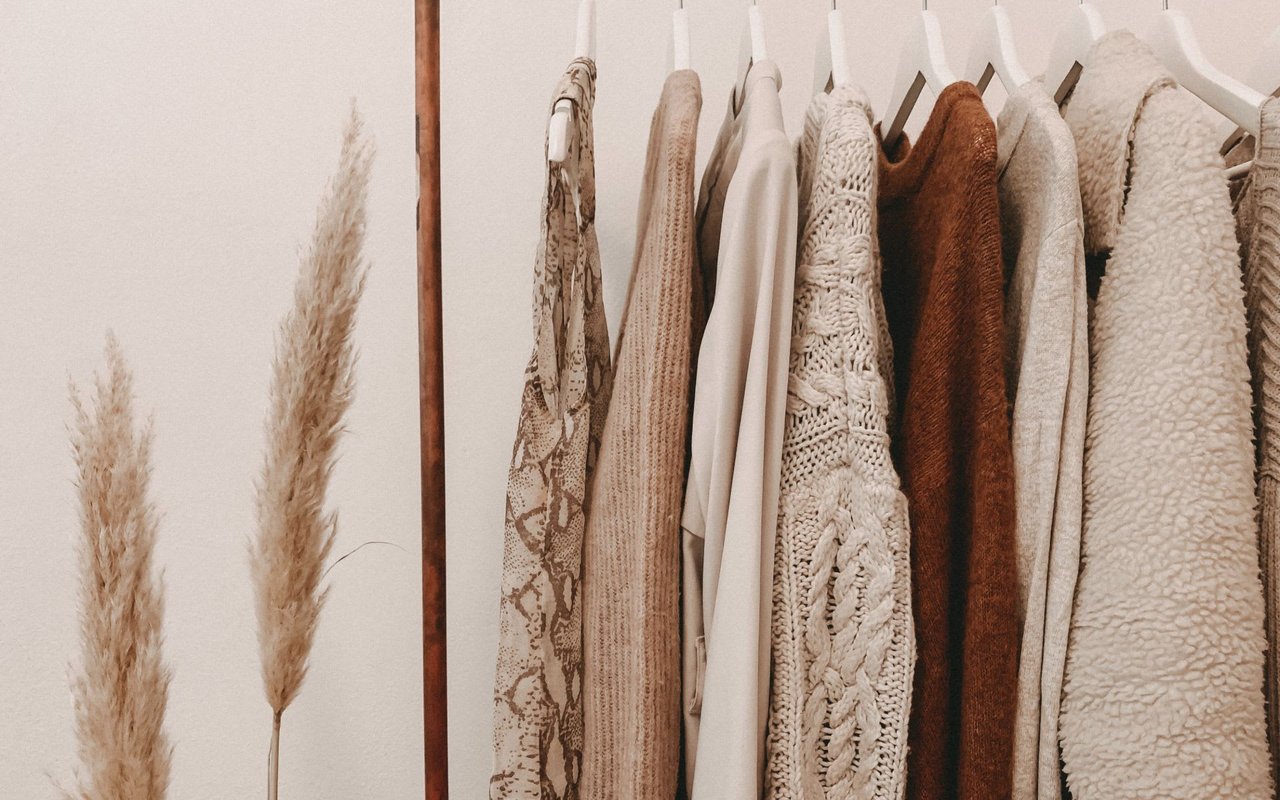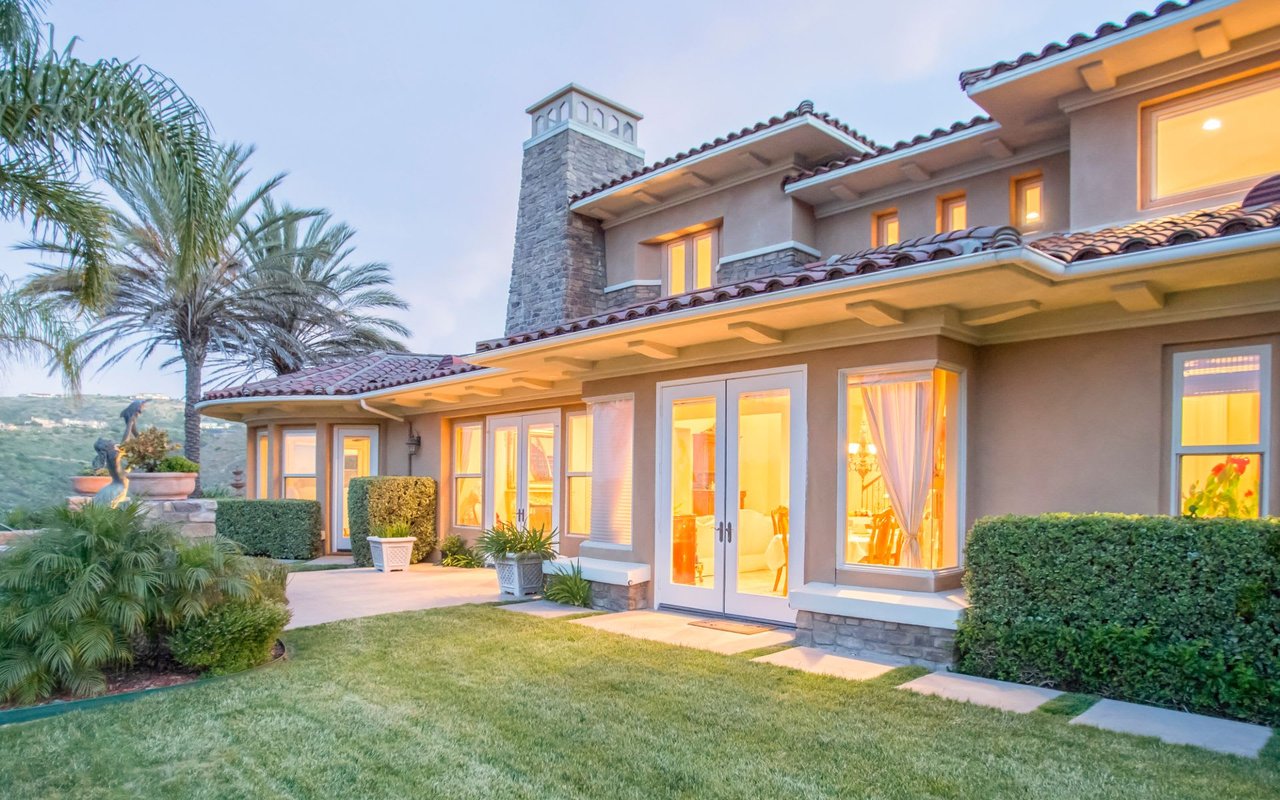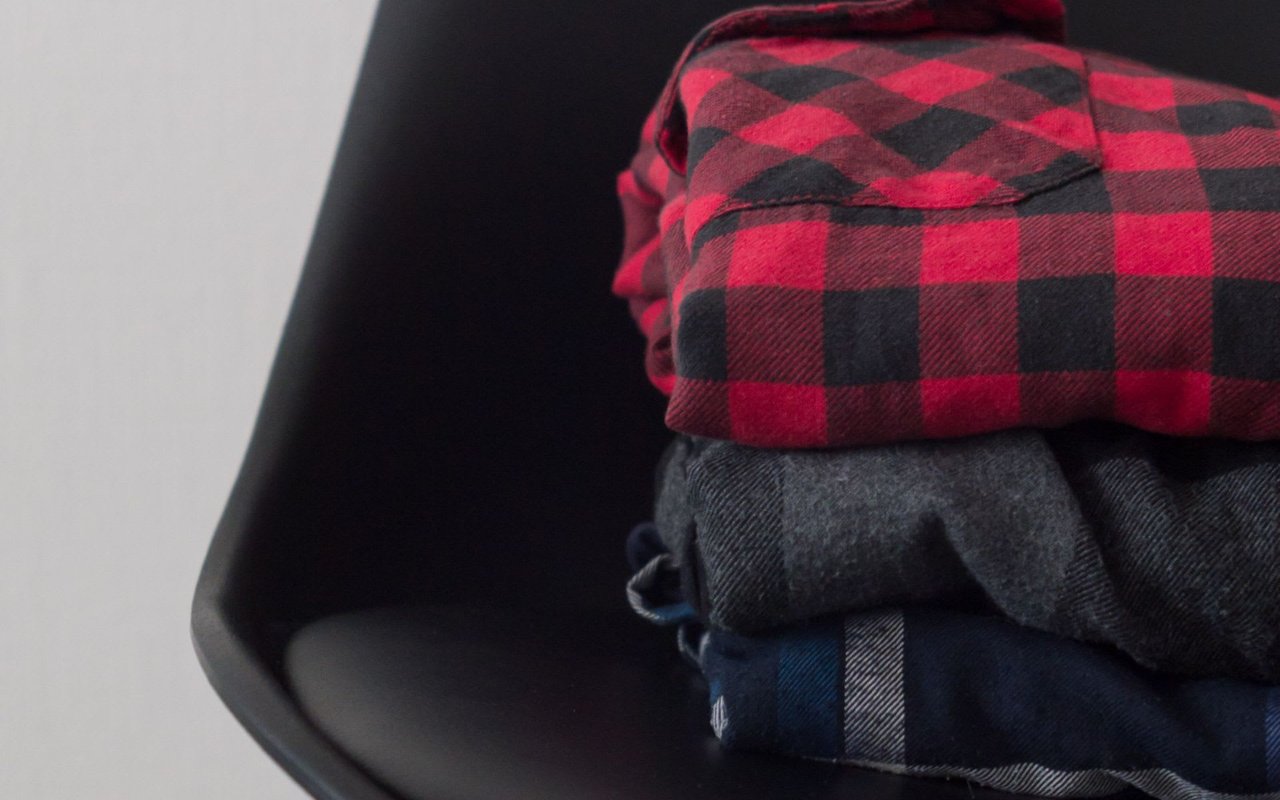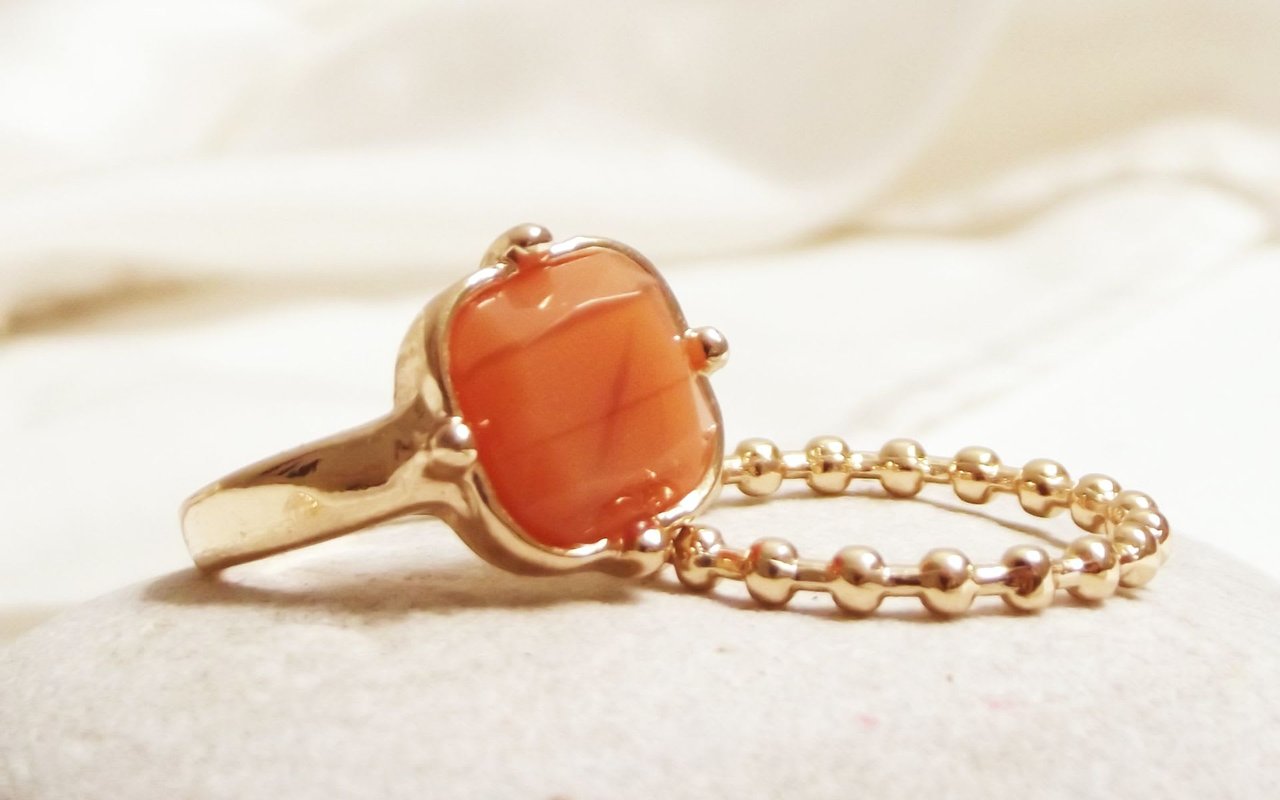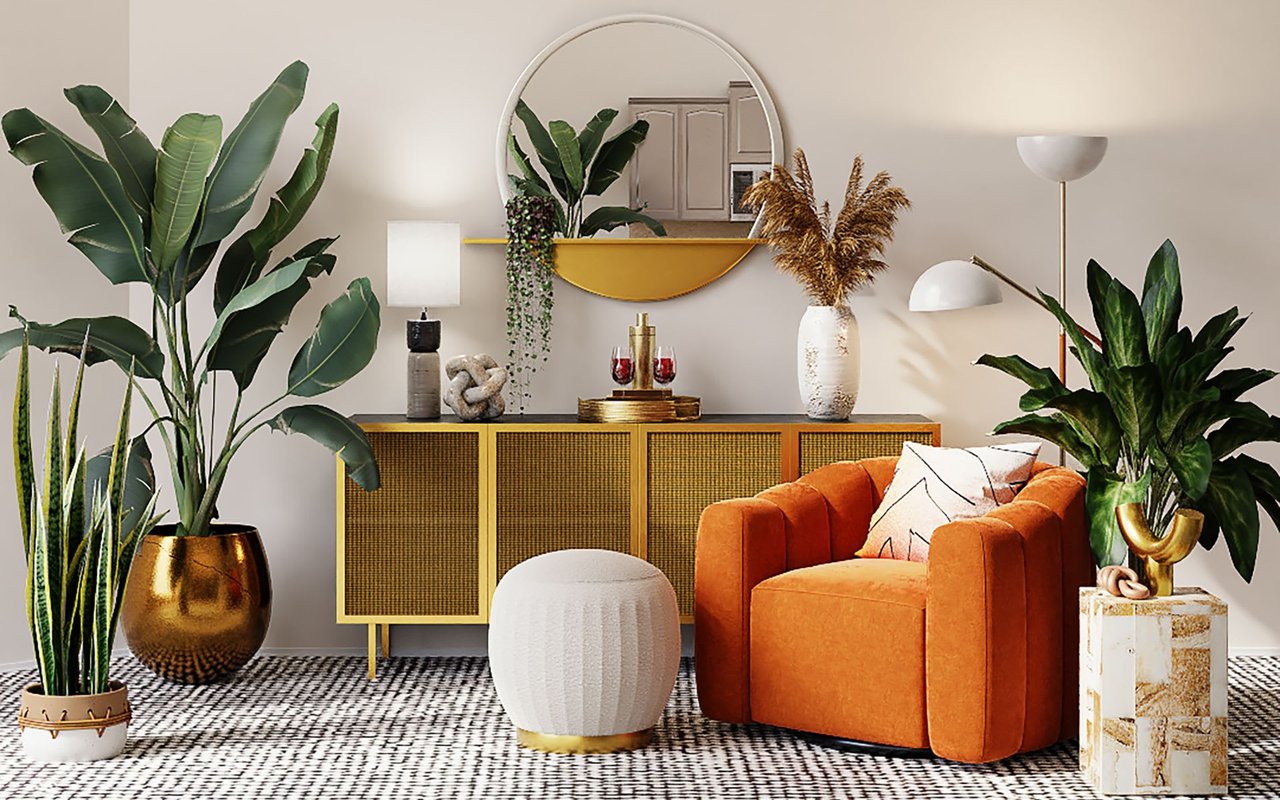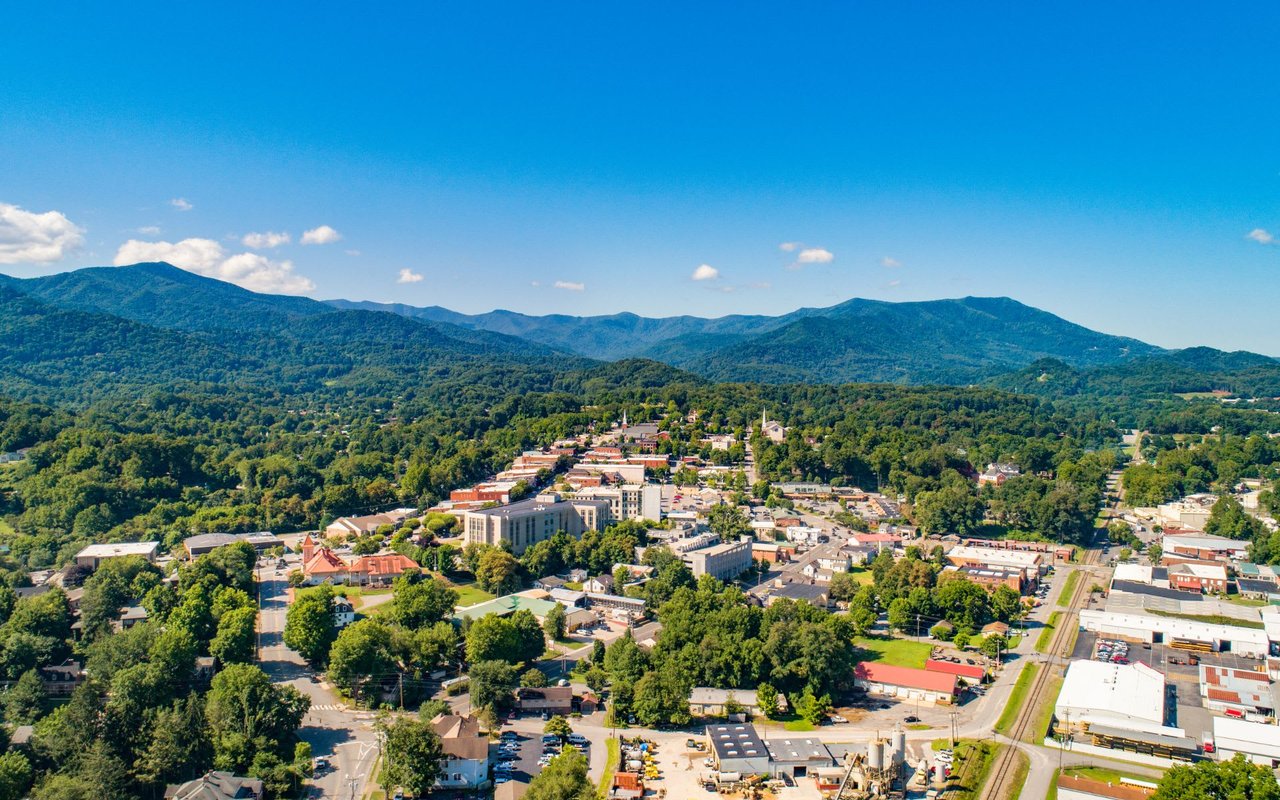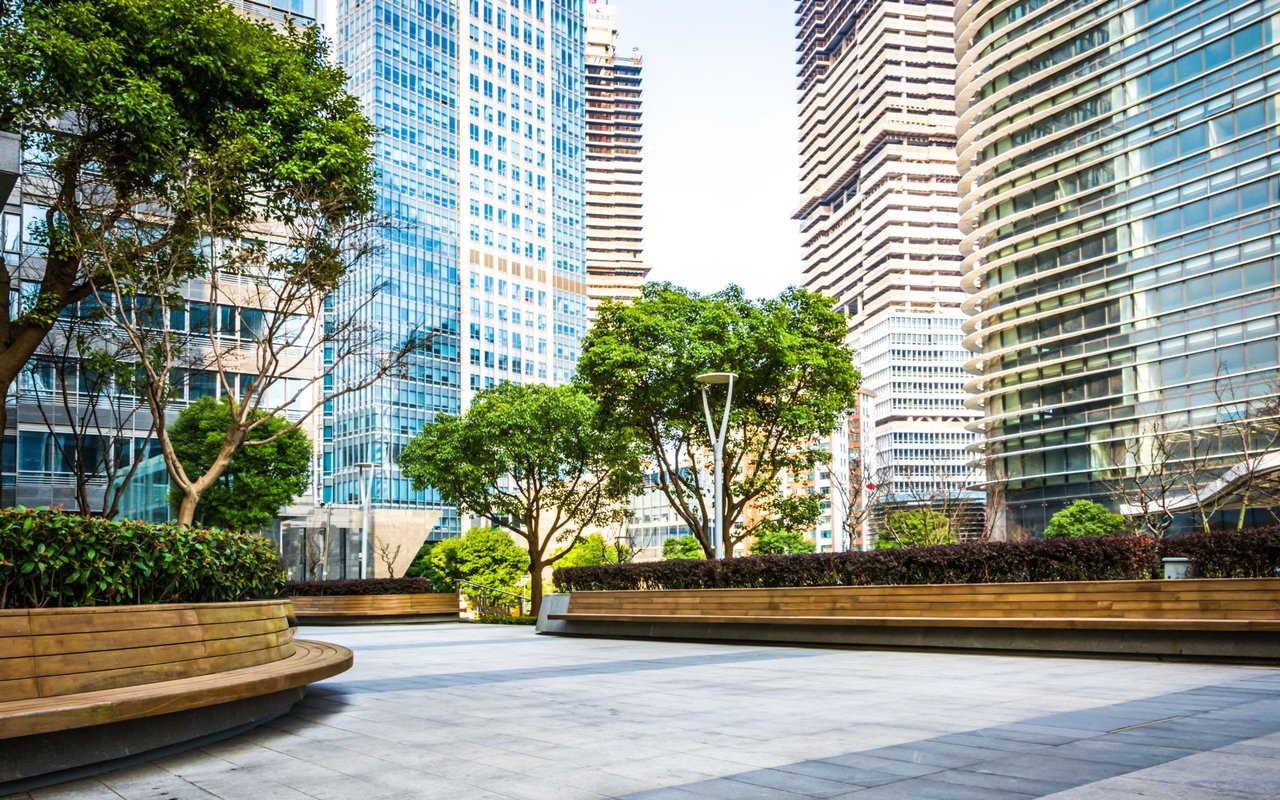After more than 30 years of traditional weaving, Ann Roth began 2018 with a new year’s resolution for her work: “No straight lines and no right angles.” She left the loom in favor of curves, and since then, her captivating dimensional paintings have been shown in solo and group exhibitions in galleries and museums around the country. Her largest piece, the 3-panel LEAP, hung at the Village District regional library in Raleigh from September 2020 through January 2021, and other paintings reside in corporate and private collections.
Inspired by life’s beauty, quirks, and unexpected turns and complexities, her work combines references to the natural world—landscape, plant forms, and ocean wave patterns—with the human-based influences of architecture and historic and contemporary textile design.
Our team shares Ann’s curiosity and interest in the close relationship between art and environments, and how each shapes the other. We were excited to have the opportunity to learn more about her unique path into the three-dimensional art space, her process, and how her perspective shows up in the design of her own home:
Ann Roth was interviewed by RED Collective Project Manager & Designer Carolyn Fauteux.
Your Installations Have Such a Natural Fluidity to Them. Do You Have Any Training in 3-d Design?
My introduction to 3-D design was when I started to garden. I had previously worked two-dimensionally and I found adding depth to height and width was a challenge. The same design elements and principles apply, though, and I learned as I planted. The wild card was when the plants grew bigger than I thought. LEAP was my first venture into making something that would be seen from 360º and the challenges I faced creating it were quite similar to the ones I’d had in my garden.
What Is the Largest Interlaced Painting You Created and What Was the Biggest Challenge You Faced During Its Creation?
LEAP is also the largest piece I’ve made to date, at 72in x 156in for the largest of the three panels. It is going to be re-installed in the Wiley Elementary Magnet School cafeteria in December, where it will hang for the next two years. The biggest challenge was figuring out the number, size, and orientation of the panels. I looked at Susan Fennel’s earlier installation of 12 vertical silk banners in that same space for inspiration and made a scale model to answer those questions. At first, LEAP was conceived of and planned as a celebration of the end of the pandemic. With the unrest following the George Floyd shooting and my feeling that art could be a unifying force, l expanded the scope. I chose to make one side of the piece variations of greens signifying growth and painted the other side in a multitude of bright colors demonstrating diversity interacting for a common purpose.
I prefer working on a large scale, in part because of the logistics, and because I love the feeling of being surrounded by the landscape. Those feelings range from being protected to losing my way.
What Does Your Typical Process Look Like?
The size and purpose of the artwork determine the type of preparatory work I do. For something like LEAP or a residential commission, I do sketches or make scale models determine the size and scale. Ideas sometimes come from spontaneously making smaller pieces. Some of my most interesting compositions come from scraps left from earlier works. I'm also open to exploring new settings, technologies, and fabrication methods for my work. I've printed on acrylic sheets to hang in a corporate setting, and I can envision printing on aluminum and laser cutting shapes to create screens.
What Has Inspired Your Love for Environmental Art? Does It Show Up in Your Life Outside of Your Work?
I grew up in a house my father designed and built, so I'm very attuned to integrating art and living spaces. My husband and I renovated our 1950s ranch house in Raleigh to reflect our interest in books and art. Using travel treasures, materials with personal connections, and color to define spaces, we created a welcoming, personal, quirky, and functional home for ourselves and our two sons.I see my artwork as being part of an environment, not just a decorative element hanging on a wall, and lately, my interest has shifted to showing work in non-traditional venues such as public libraries and schools where it is seen by people going about their daily routines.
You can view more of Ann’s work at ann-roth.com, and visit three of her pieces currently on view at the Village Public Library’s Circulation Desk.
